Carnaval is one of the most crowded times in Rio de Janeiro, along with New Year's Eve, when thousands of tourists flock to the city to enjoy the festive atmosphere. Experiencing the Rio Carnaval is a popular bucket list item. I was fortunate to tick the Rio Carnaval box this year, and it certainly lived up to the hype.
This latest trip was my second visit to Rio within four years. I'm just getting warmed up! Enjoy the following tips and photos from my experience.
1 - Take the time to prepare and be vigilant
Keep in mind that it's nearly impossible to plan a trip to Rio de Janeiro's world-famous carnival on a budget. For most people, this is a once-in-a-lifetime experience, so make it count. Due to the high demand, it's not uncommon for hotel room prices to be triple the standard rates, if not more.
So, make sure to book your accommodation early and from reputable online travel sites and agencies. Beware of unscrupulous fake agents selling bargain accommodation nights in non-existent buildings. If it's too good to be true, it probably is. So make your due diligence.
The same goes for tickets to the main Carnaval parades in Rio's Sambadrome. Again, be sure to deal with trusted online merchants, licensed travel agents and reputable hotels. The Rio Carnaval Sambadrome tickets are only issued a week before the carnival to guard against duplication or fraud.
This means, when purchasing tickets online, you will obtain a voucher. Some agencies will require you to line up at specific locations once you land in Rio to exchange your voucher for an actual ticket — before you head to the Sambadrome. Others, which is highly recommended, will arrange for your ticket to be available at your hotel. Make sure you fully understand the procedures to obtain your ticket and read your emails!
I learned that the hard way when I missed the email from the online merchant instructing me to exchange my voucher for a valid ticket at one of their collection points. The arranged transport van picked me up from the hotel, without my ticket as I had mistakenly assumed they would, and still took me to the Sambadrome. I thought that meant they had worked out a way to get my ticket delivered there. But no; all I got was a return transport ticket. Of course, I was denied entry at the gate with just the voucher. Not cool by the transport team lead to disappear after that but she seemed overwhelmed by the situation. The agency wasn't picking up the phone either.
Thanks to a very helpful and accommodating staff member at the Sambadrome, who personally walked me to an out of the way ticket booth to purchase another ticket, my night wasn't ruined. I even ended up in a better section. But don't let that happen to you. I was extremely lucky.
Most ticket sellers will also include transportation to the Sambadrome. The venue isn't close to a subway station, and not near hotels, so taxis can be expensive, especially since certain roads may be closed during Carnaval. Also, keep in mind when booking that only odd-numbered sections at the Sambadrome are serviced by the shuttle buses. You'll need to find your own transportation to take you to the other side of the Sambadrome to access the even-numbered sections. There are regular shuttle buses going back to the hotels throughout the night. So if it's not your thing to party until dawn, you're covered with a ride back.
2 - Location, Location, Location
Most tourists visiting Rio during Carnaval season opt to stay in the Zona Sul (South Zone) — made up of the neighbourhoods along the Atlantic coastline — which include Leblon, Ipanema, Copacabana, and Leme. This is a good choice because many events during Carnaval happen around that vicinity.
My choice was the Arena Copacabana Hotel, but there are many other great options. I was pleasantly surprised to have a penthouse room with a partial view of Copacabana beach for a very reasonable price. The Arena Copacabana is literally across the street from Copacabana beach and has a very Instagram-worthy rooftop pool and bar with a stunning panoramic view of the sprawling beach below. It's also near the glitzy Belmond Copacabana Palace hotel in case you plan to splurge on a Magic Ball ticket. The hotel is also an ideal spot to catch the sunrise over Copacabana Beach before going to bed after spending the entire night enjoying the samba drum beats and parade at the Sambadrome.
But don't plan on sleeping in too much! The blocos (street parties) across the city start as early as 7:00 AM. Your hotel will have a detailed list. But first, a stroll along Copacabana Beach goes without saying. Find your spot on the crowded beach and don't miss the opportunity to try a Caipirinha or "caipi" — Brazil's national cocktail. The specialty drink is made with cachaça (sugarcane hard liquor), sugar, and lime.
Ipanema Beach, located between Leblon and Arpoador, is also a short walk just west of Copacabana Beach. No trip to Rio would be complete without taking in the iconic views of Ipanema Beach with Sugar Loaf mountain in the background. We also all have the famous bossa nova jazz song, "The Girl from Ipanema" in mind. Try to get it out of your head. Good luck.
The beach lines the trendy and upper-class Ipanema neighbourhood and its world-class restaurants, shops, and cafés. During Carnaval, Ipanema becomes party central. The Banda de Ipanema bloco (street party) attracts around 20,000 carnival revellers to the streets of Ipanema.
3 - Make it a coming to Jesus moment
Who knows when you'll be back in Rio. So while you're there for Carnaval, don't miss the opportunity to see the new inductee into the select Seven Wonders of the World club: the Christ the Redeemer Art Deco statue of Jesus Christ — standing tall atop the Corcovado Mountain in the Tijuca Forest National Park.
The 635 metric ton statue was constructed between 1922 and 1931. It's 30 metres (98 ft) high, not including its 8-metre (26 ft) pedestal, and the arms stretch 28 metres (92 ft) wide. It's a beautiful piece of art.
The weather should be taken into account, however, because on very cloudy days, you will only end up seeing the statue's bottom half. But, who knows, the skies could unexpectedly part in the middle of your visit — as it was the case fortunately during my visit on a cloudy and rainy day. I didn't miss the unanticipated opportunity to snap the pics below.
Also, keep in mind that Carnaval season is a crowded time. So try to get to Corcovado early in the morning or later in the afternoon.
There are several ways to get there. Most tourists book a guided tour, which includes pick-up service from the hotel and entrance fees. It's also easily doable independently. An Uber or taxi can take you half-way up to the Paineiras car park area, and from there, you'll need to buy a combined ticket covering the entrance fee and access to the authorized city van that will take you up to the actual main entrance to the statue.
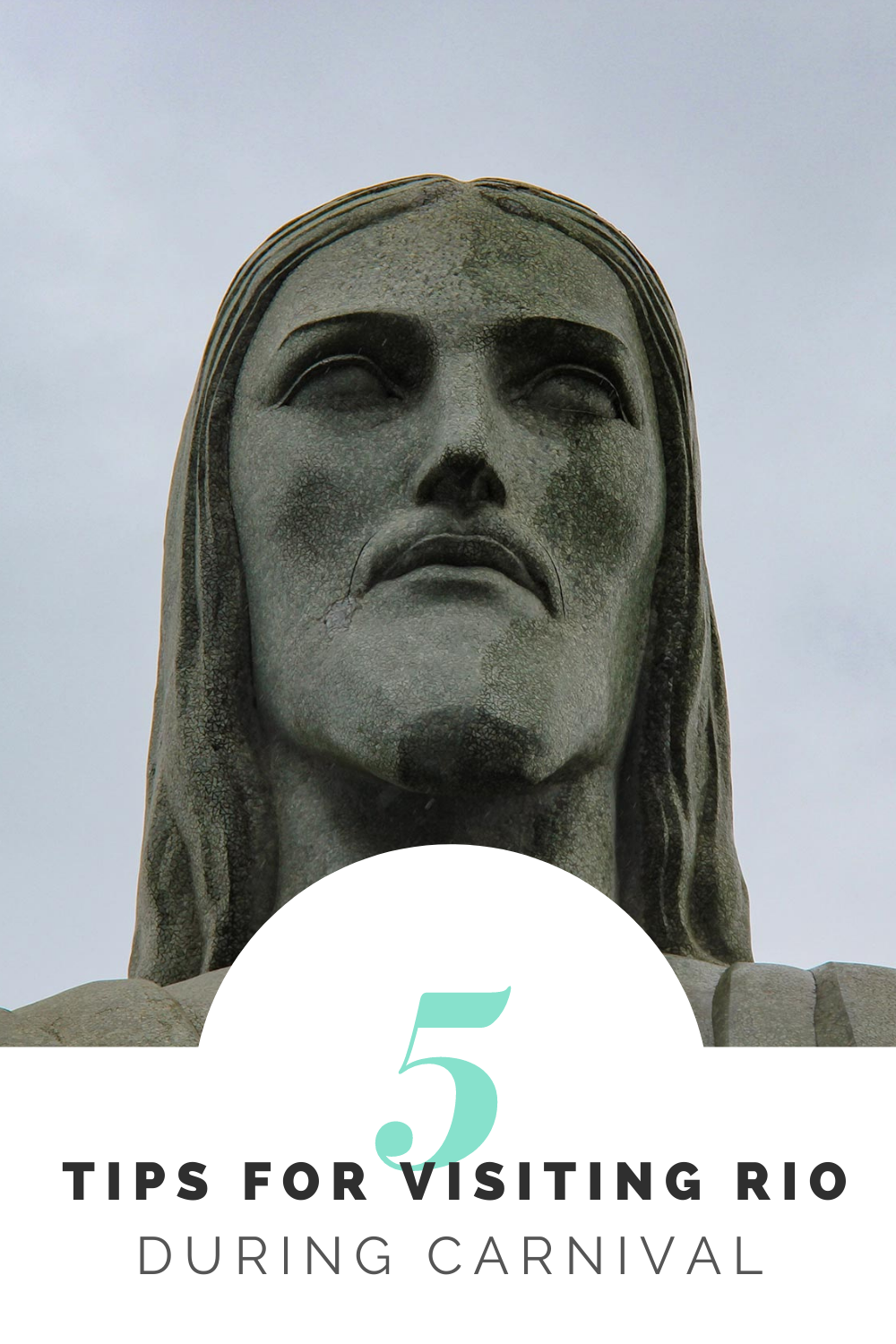
Share these tips. Pin it!
Another option is to take the scenic and more traditional train ride up. The train (Trem do Corcovado) leaves from Rio's quaint neighbourhood of Cosme Velho. The entrance to the train is about a 40-minute walk from the nearest subway station, which is Largo do Machado, so taking a taxi or Uber to the catch train would be ideal. The train operates from 8:00 AM to 10:00 PM, and tickets cost R$82,00 (high season) and R$67,00 (low season). The value includes a round trip ticket and admission to Christ the Redeemer's monument. Make sure to buy the tickets at least a day before. You may not be able to purchase tickets at the box office for the same day as the limited spots are often booked in advance and queues can be lengthy.
4 - Soothe your bohemian soul
While visiting the Cidade Maravilhosa, make sure to add the adjacent bohemian neighbourhoods of Santa Teresa and Lapa to your itinerary. Known as Rio's Montmartre (or "Montmartre Carioca"), the twin districts of Santa Teresa and Lapa have attracted Brazilian artists, intellectuals, fashionistas and art lovers since the 1950s. The area is vivacious and full of culture, restaurants, traditional bars and eye-catching street art.
Recognized as one of the most unique neighbourhoods in the world in 2016, San Teresa, the hilltop district, is located just five minutes away from downtown and a short fifteen minutes from Ipanema and Copacabana.
At the bottom of the hill, Lapa boasts a unique architectural attraction known as the Arcos da Lapa aqueduct. The Roman-style construction, also known as the Carioca Aqueduct or Lapa Arches, was built in the mid-18th century to bring fresh water from the Carioca River to the population of the city. The white Old Rio structure is 17.6 metres high, 270 metres long, and consists of 42 arches. Make sure to hop on a free cable car near the Lapa Arches for some great views on the ride up the hill to San Teresa.
One of Montmartre Carioca's main attractions, located right between Santa Teresa and Lapa, is the Escadaria Selarón set of steps. More commonly known as the Escadaria Steps or Selaron Steps, the colourful staircase was popularized in hip hop artist Snoop Dogg's video, "Beautiful," featuring Pharrell.
The world-famous steps are named after Chilean-born artist Jorge Selarón — who described his artwork as "my tribute to the Brazilian people." Selarón began renovating the dilapidated steps that ran along the front of his house in 1990. Little by little, he began covering the steps with colourful fragments of blue, green and yellow tiles — representing the Brazilian flag.
He drew the irony of his neighbours at first but, soon enough, his side-project became an all-consuming passion and a revenue source. He began selling paintings to fund his work and, as his reputation grew, visitors from around the world started giving him ornate tiles, ceramics and mirrors to contribute to his renovation project.
He eventually covered the entire set of steps. Today, the 215 steps, measuring 125 metres long, are fully covered in over 2,000 tiles coming from 60 countries around the world.
Sadly, on January 10, 2013, Selarón was found dead on the very Lapa steps that came to define his life. His body was dappled with burn marks.
After you've worked up an appetite taking in the boho life and visiting the vintage and antique stores, a great place to grab a bit to eat in Lapa is Santo Scenarium Bar and Restaurant. Housed in a 19th-century two-story mansion — which was the residence of the illustrious actor João Caetano (1808-1863), Santo Scenarium is a truly unique and, pun intended, divine dining experience.
The establishment is decorated throughout with religious relics, including a 2.5-metre wooden angel hanging from the ceiling. The religious theme permeates the restaurant — across the exposed brick walls, artwork, decorations and table ornaments.
5 - Go West, young man/woman
While the iconic Copacabana and Ipanema Beaches get most of the limelight, the long and less-populated West Zone strip of beach at Barra da Tijuca is arguably just as good — if not even better in my opinion — than more famous beaches in the South Zone.
Taking 18 kilometres along the Atlantic Ocean coast, the Barra da Tijuca beach strip located in the western portion of the city is Rio de Janeiro's largest. Also simply referred to as "Barra" by Cariocas, the beach starts at Morro do Joá and ends at the Recreio dos Bandeirantes neighbourhood.
Enjoy crowd-free bathing in almost deserted stretches of beautiful beach panoramas. The wave patterns and formations are genuinely unique. It's hard to turn away and stop admiring these magnificent views. It's no wonder that Barra da Tijuca Beach is a favourite spot for Rio's surfers.
During my first visit to Rio in 2016, I stayed at the Radission Barra da Tijuca hotel. It's located right across the street from the beach and offers great views from above. The area is relatively new, as it was only built about 30 years ago. It's a more affluent area of the city which many politicians, professional athletes, and celebrities call home.
Finally, it's always a good idea to make an effort to learn about Cariocas and Brazilian culture in general before making the trip. Few people speak English, so learning a few Portuguese language basics beforehand will go a long way. If you're coming from the wintery north, remember that Carnaval season is the height of summer in Brazil.
Enjoy the once-in-a-lifetime experience!



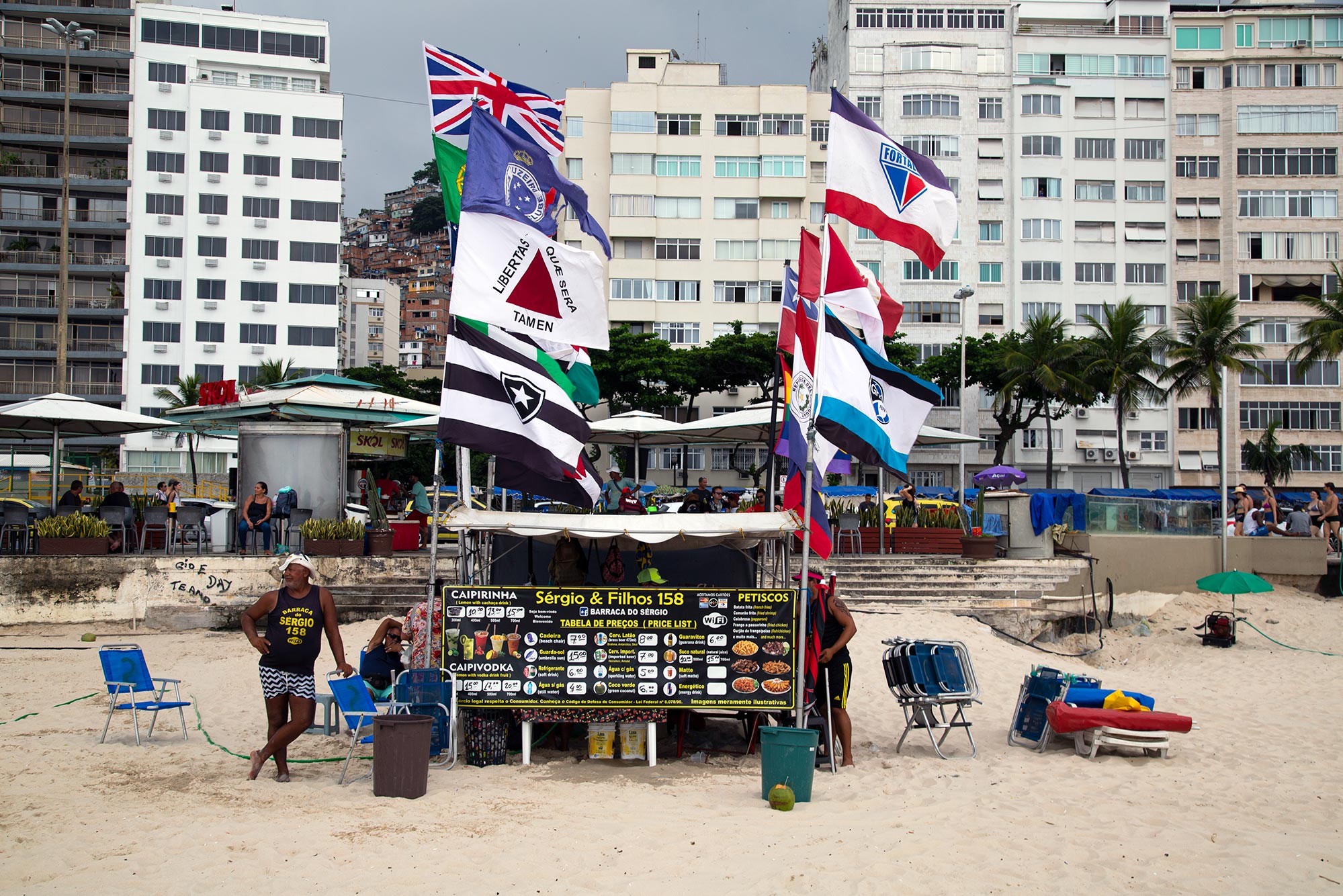
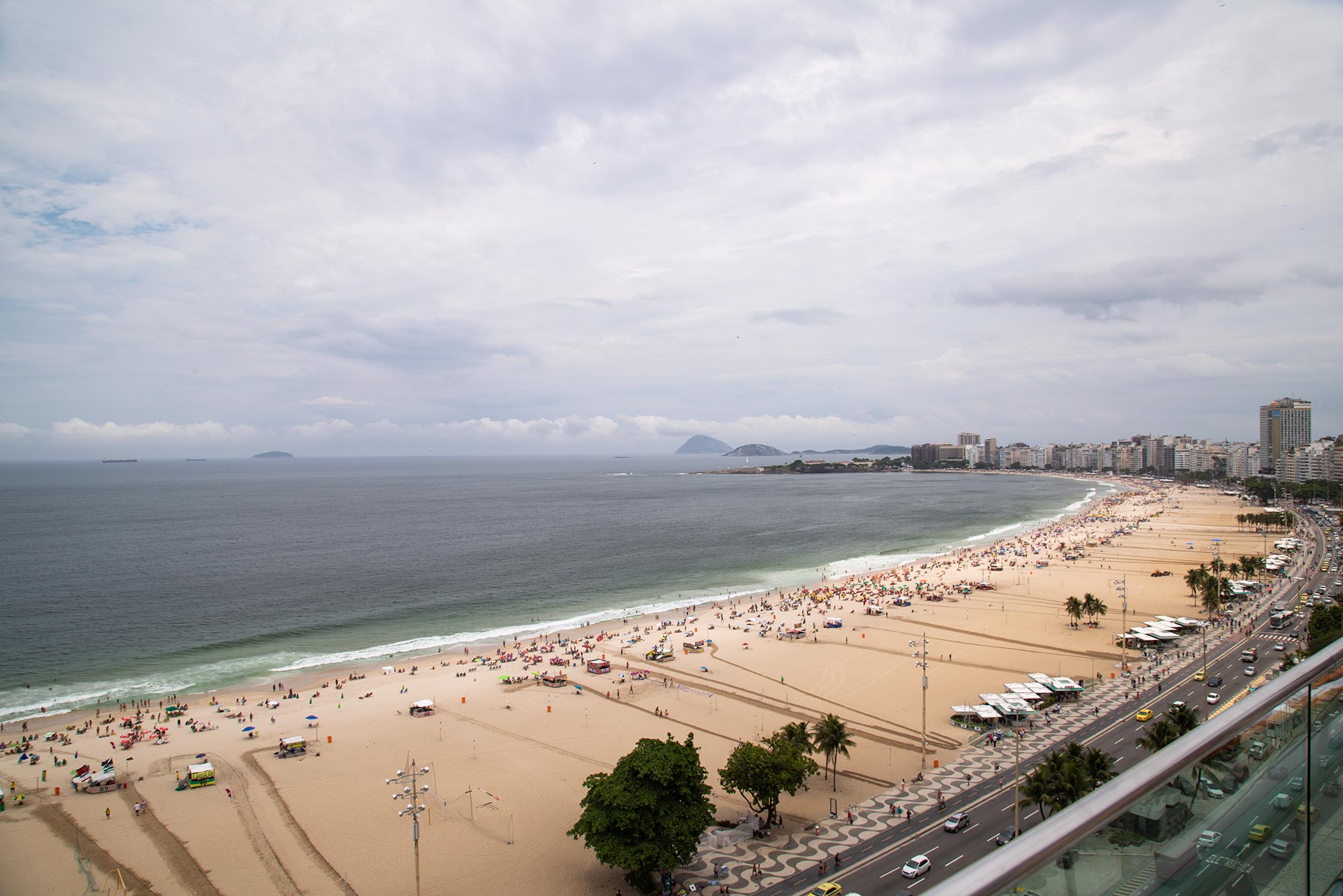

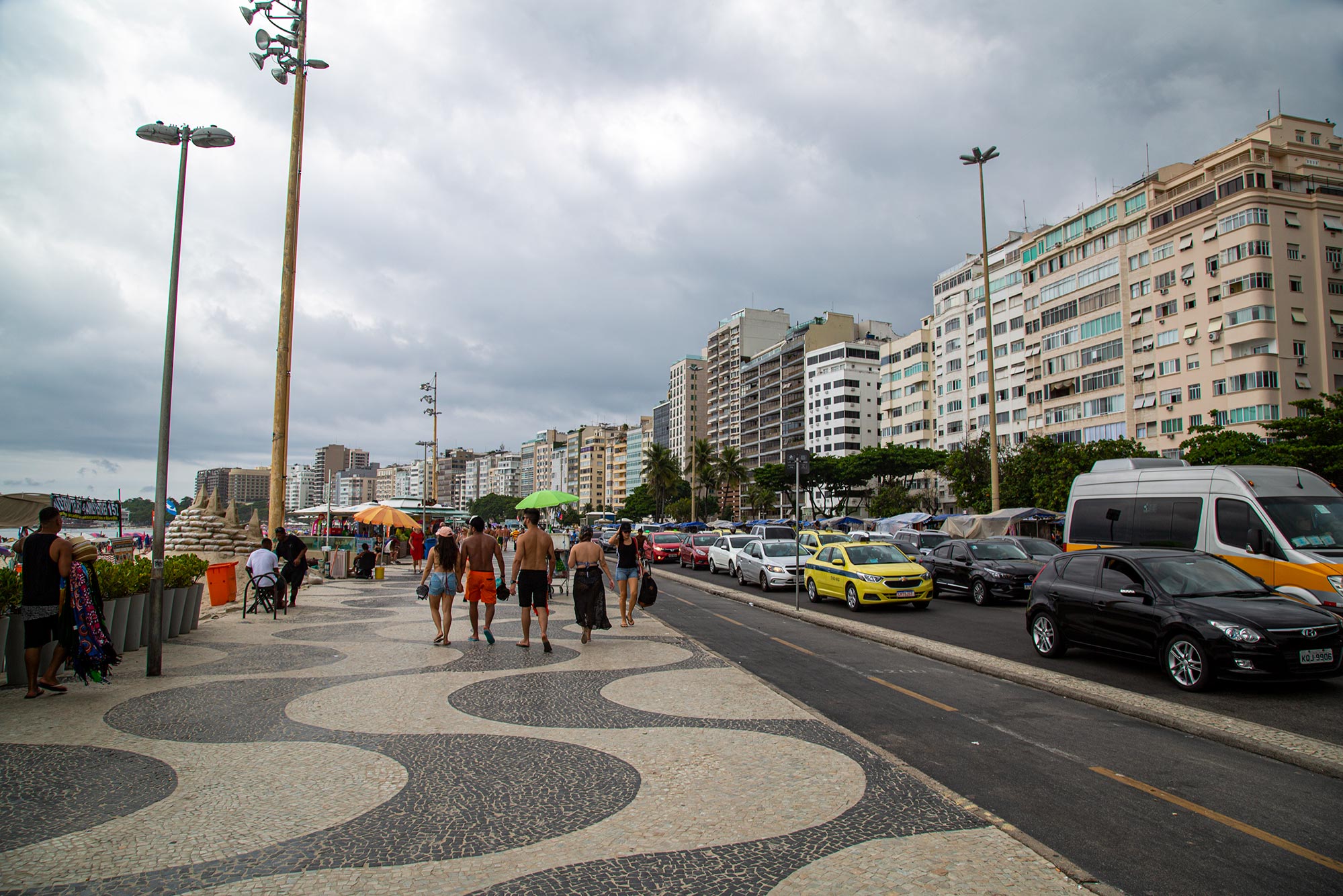
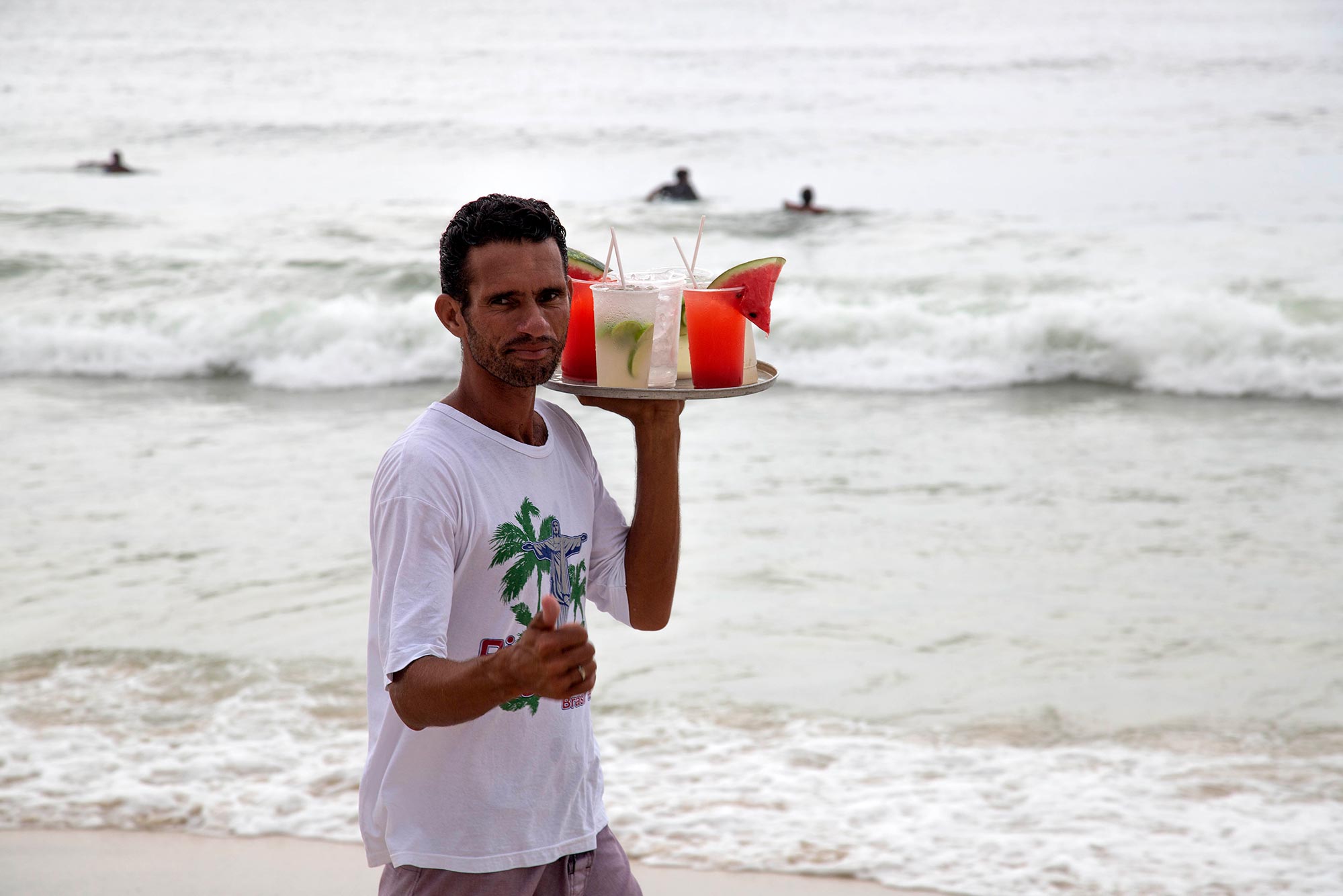
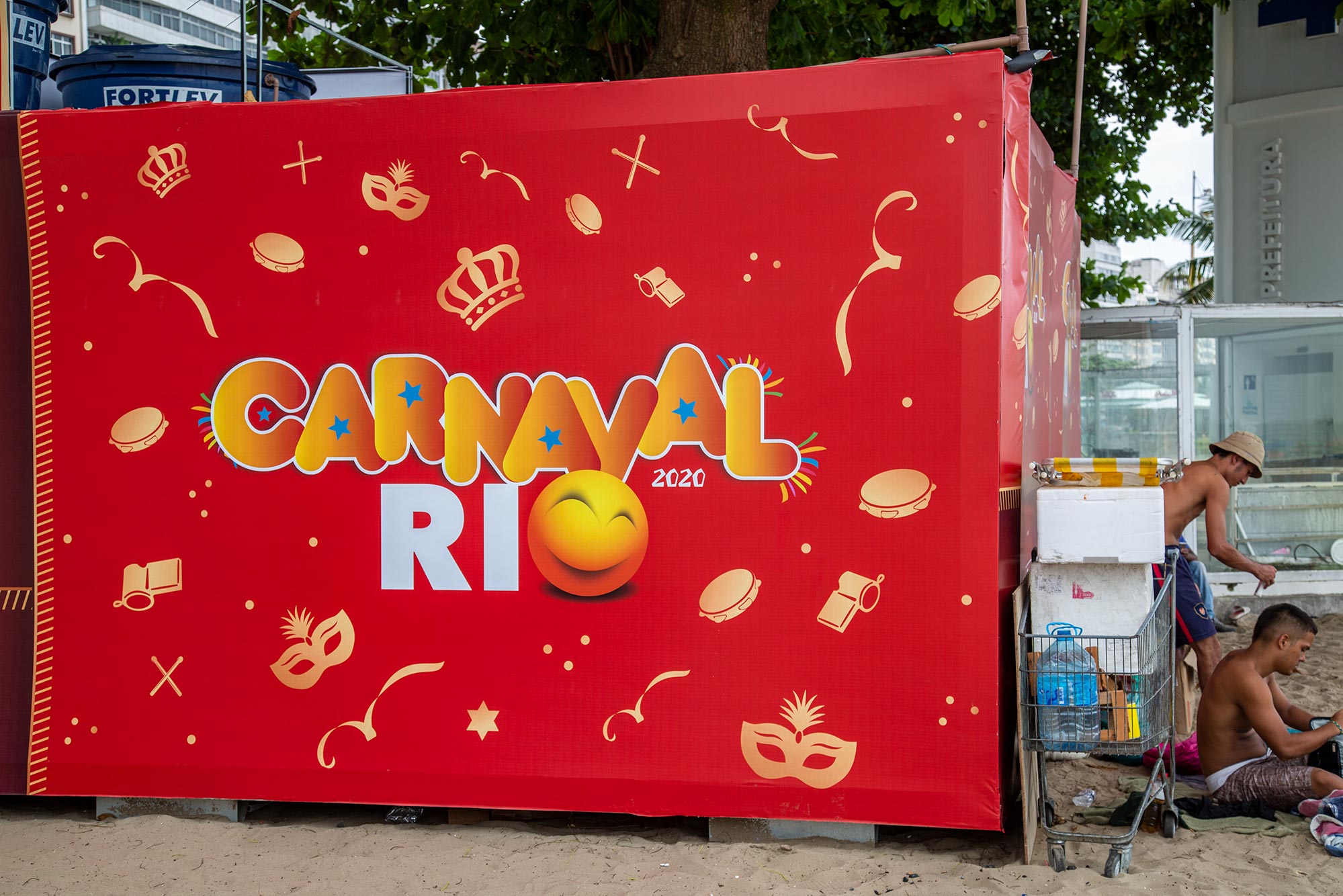
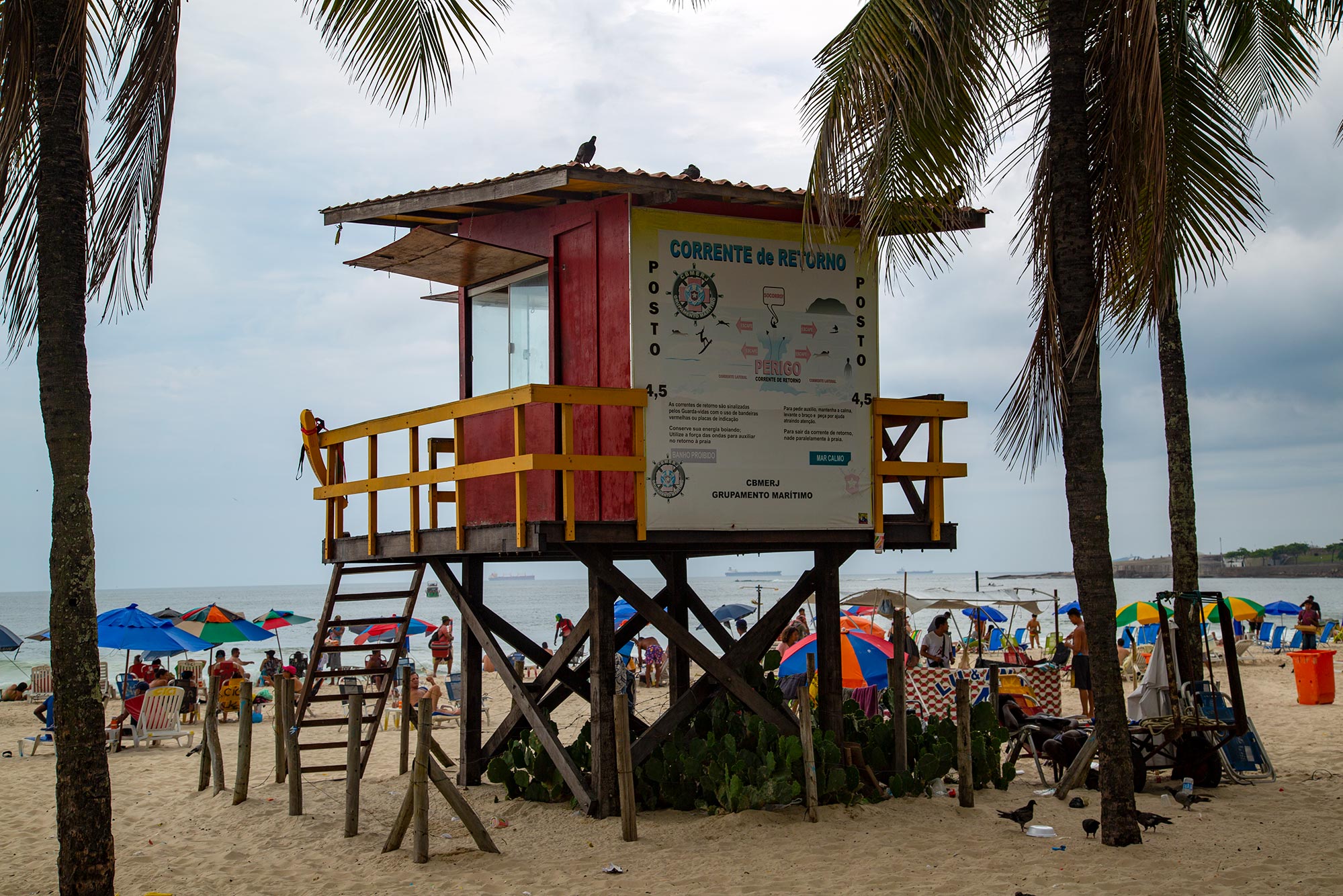
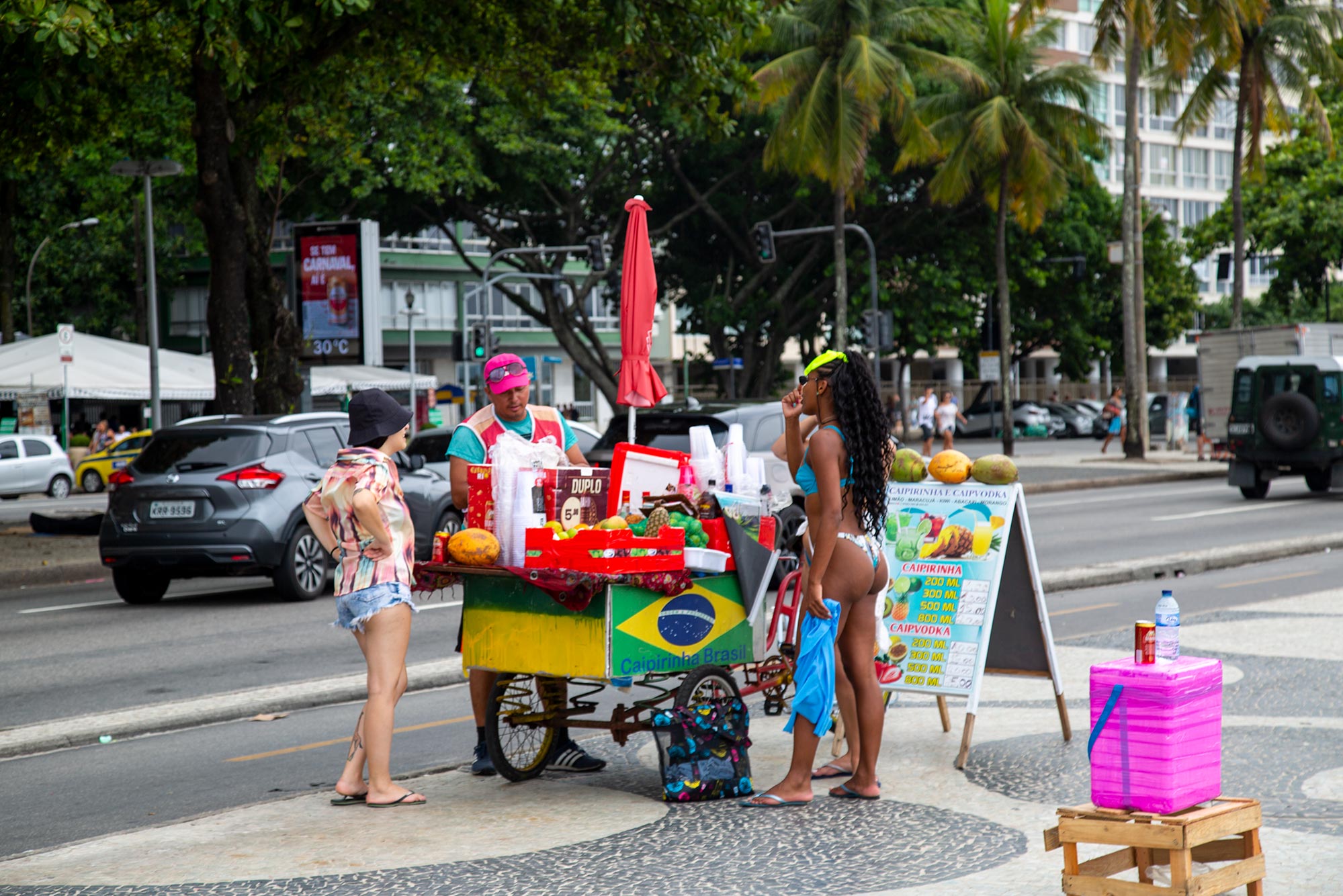
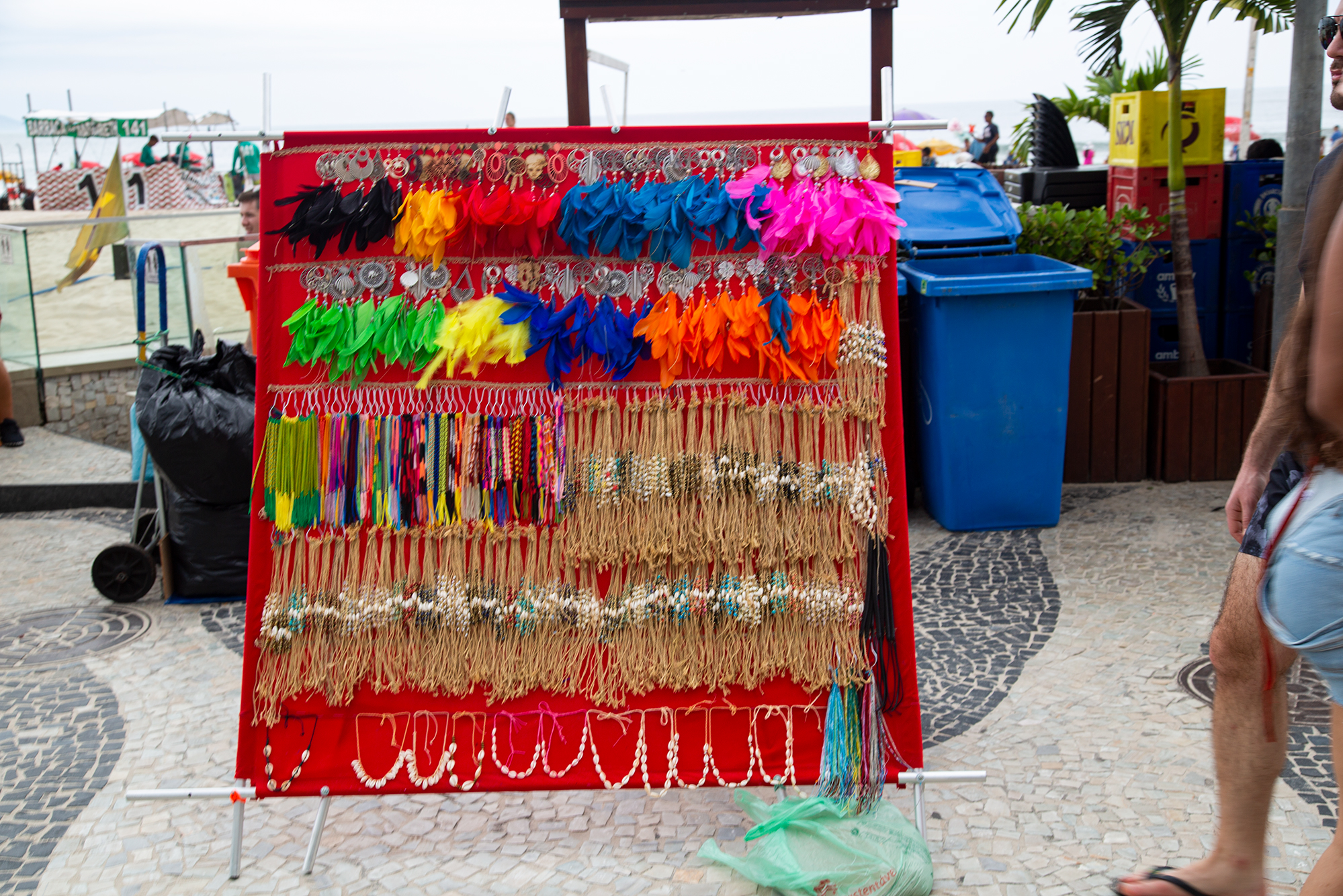
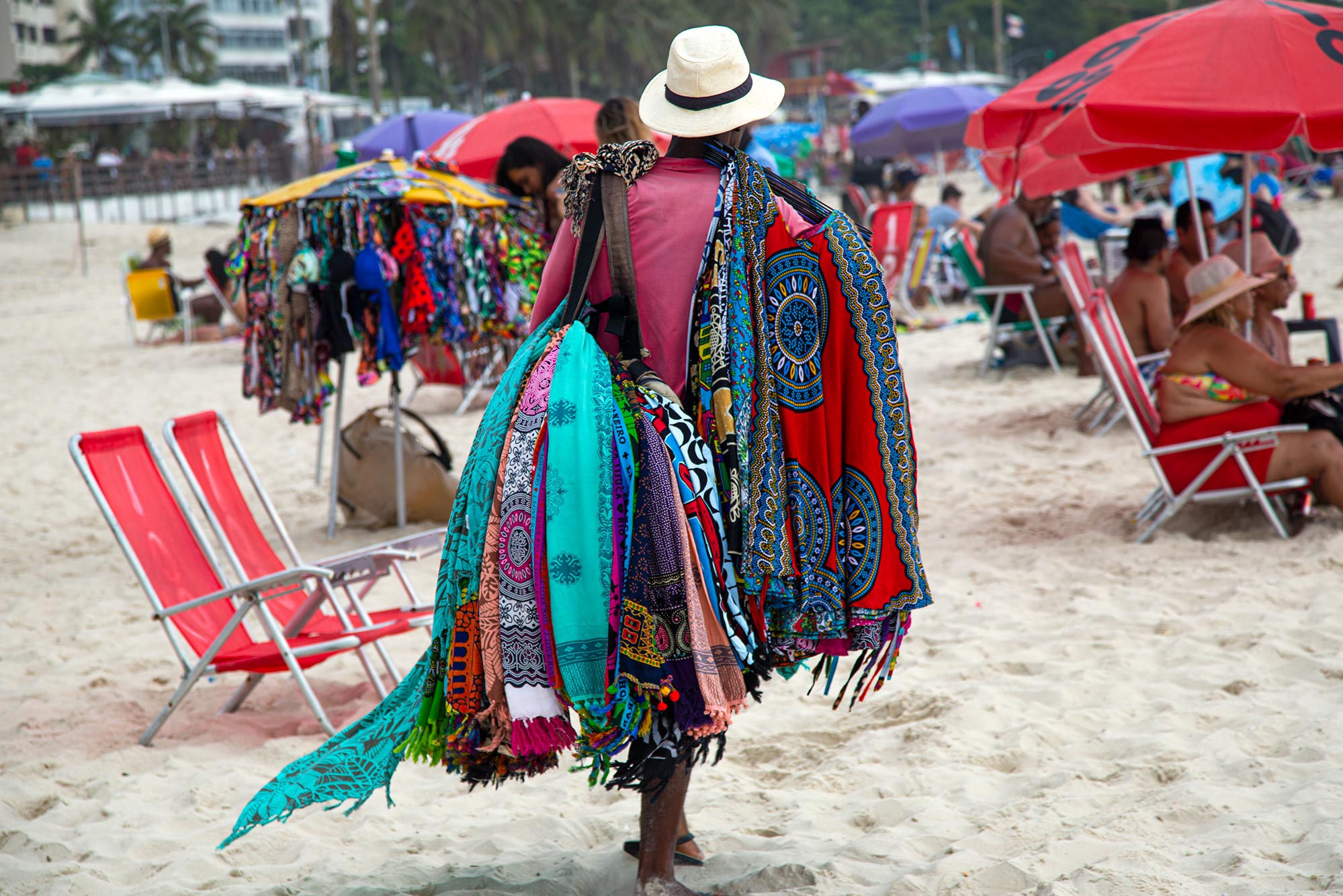
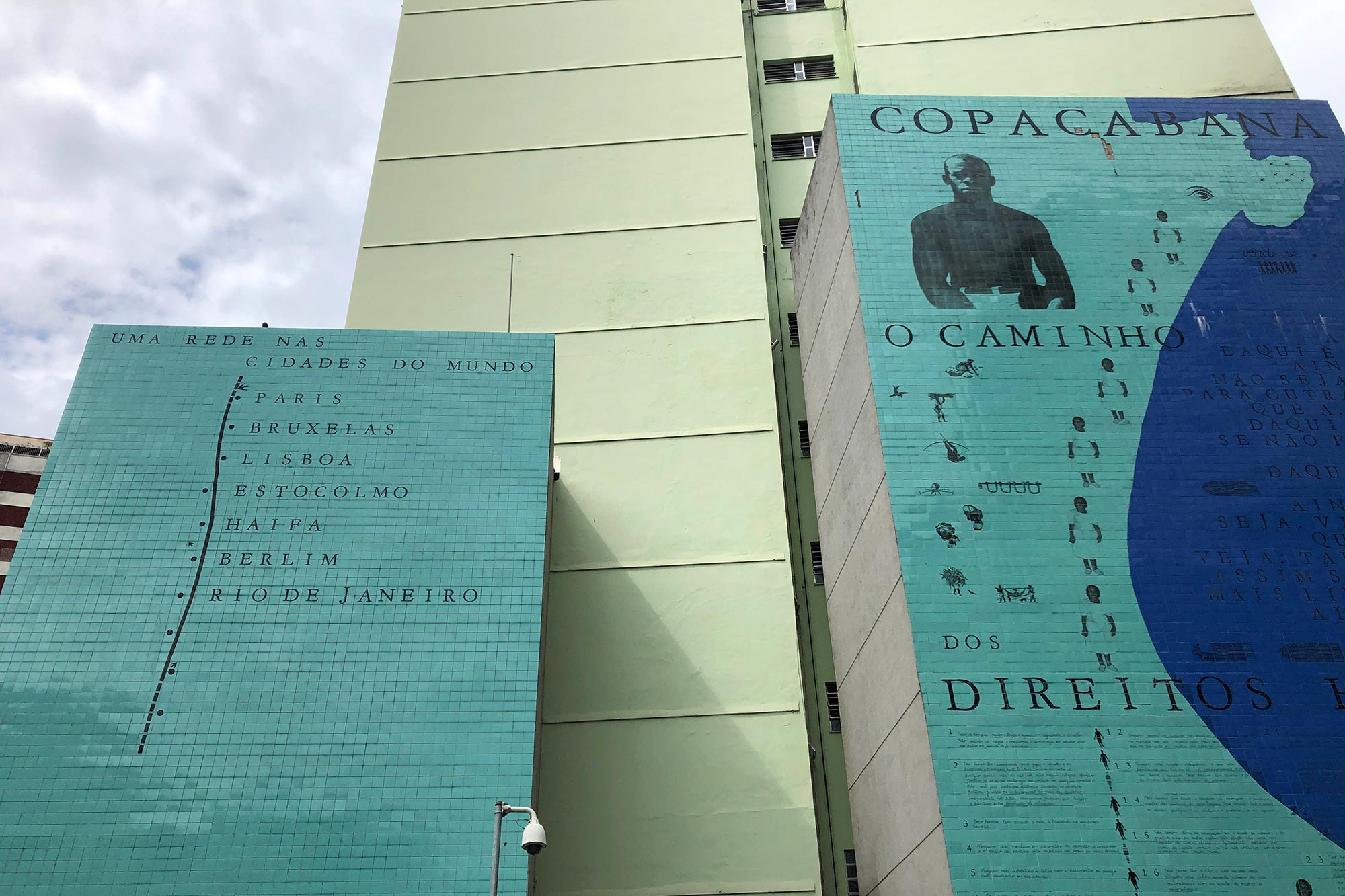

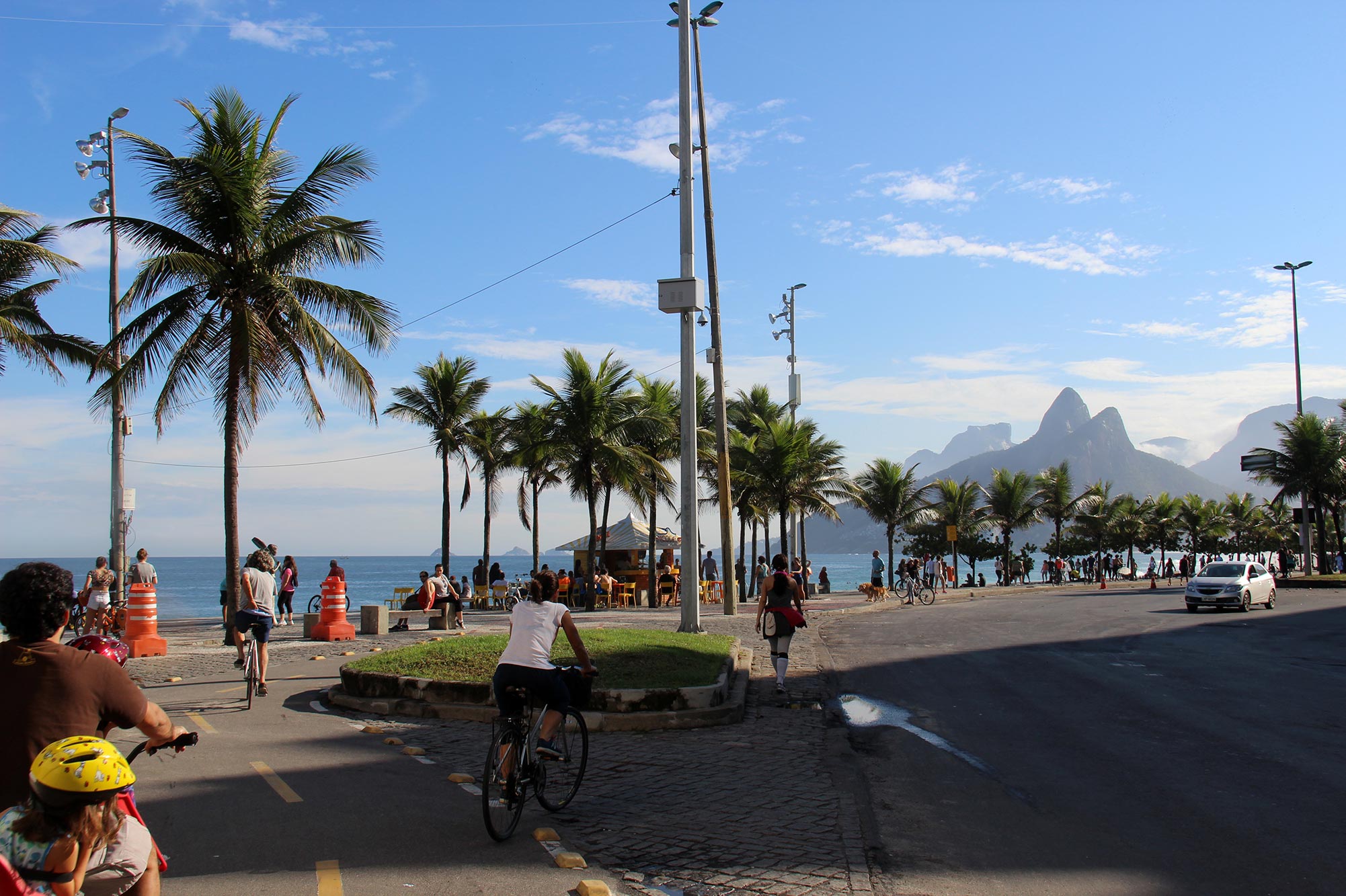

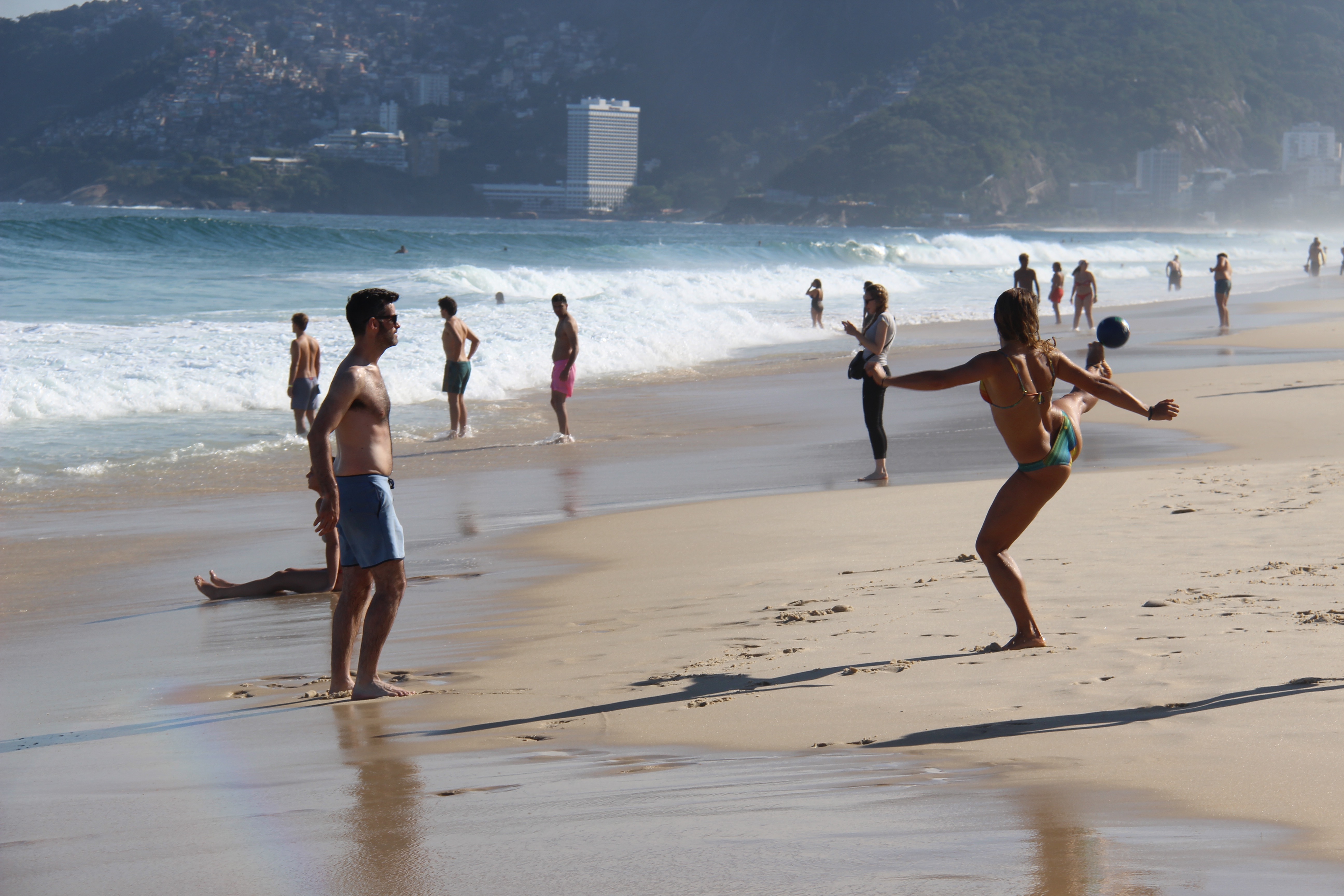






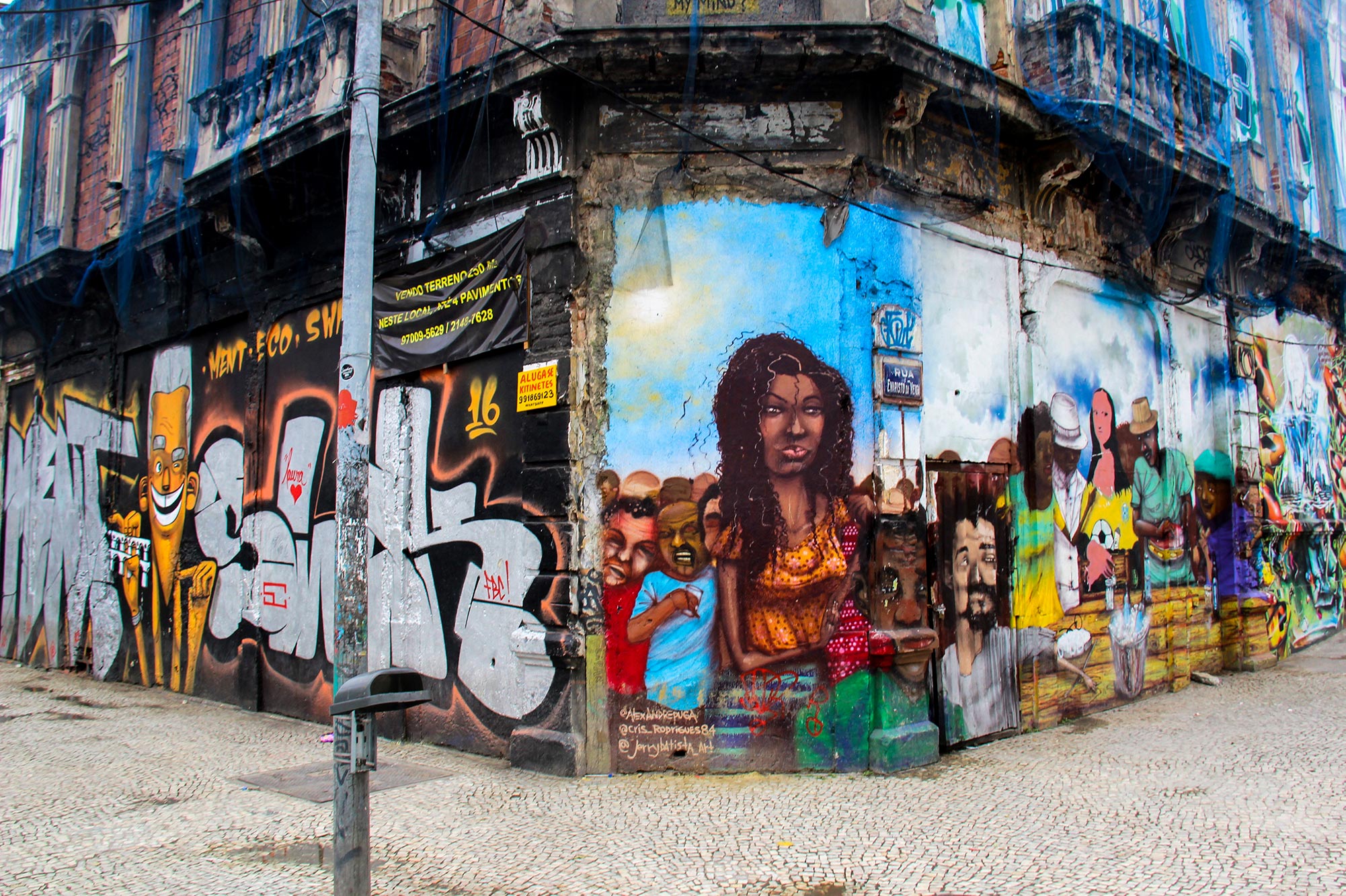
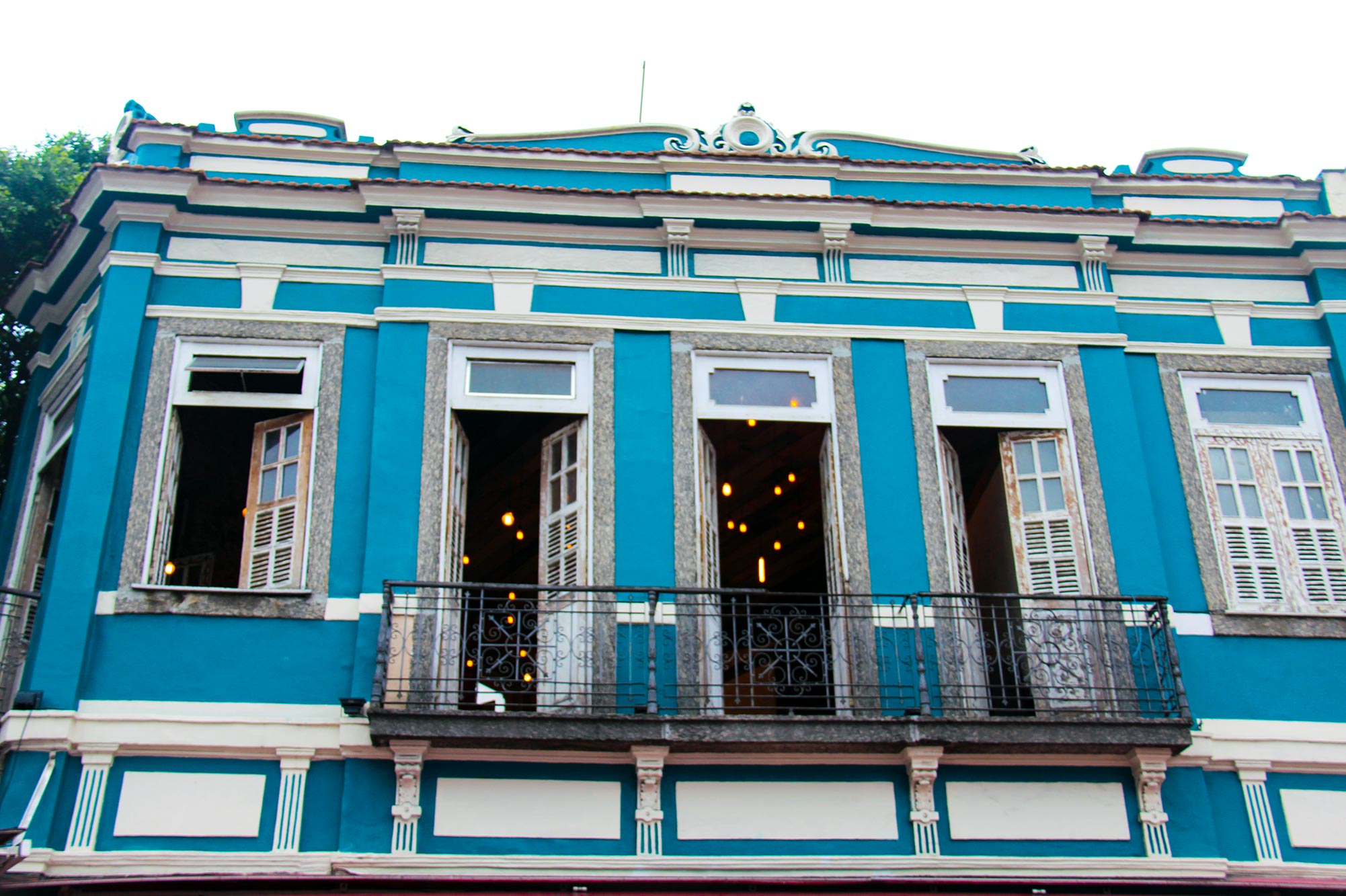
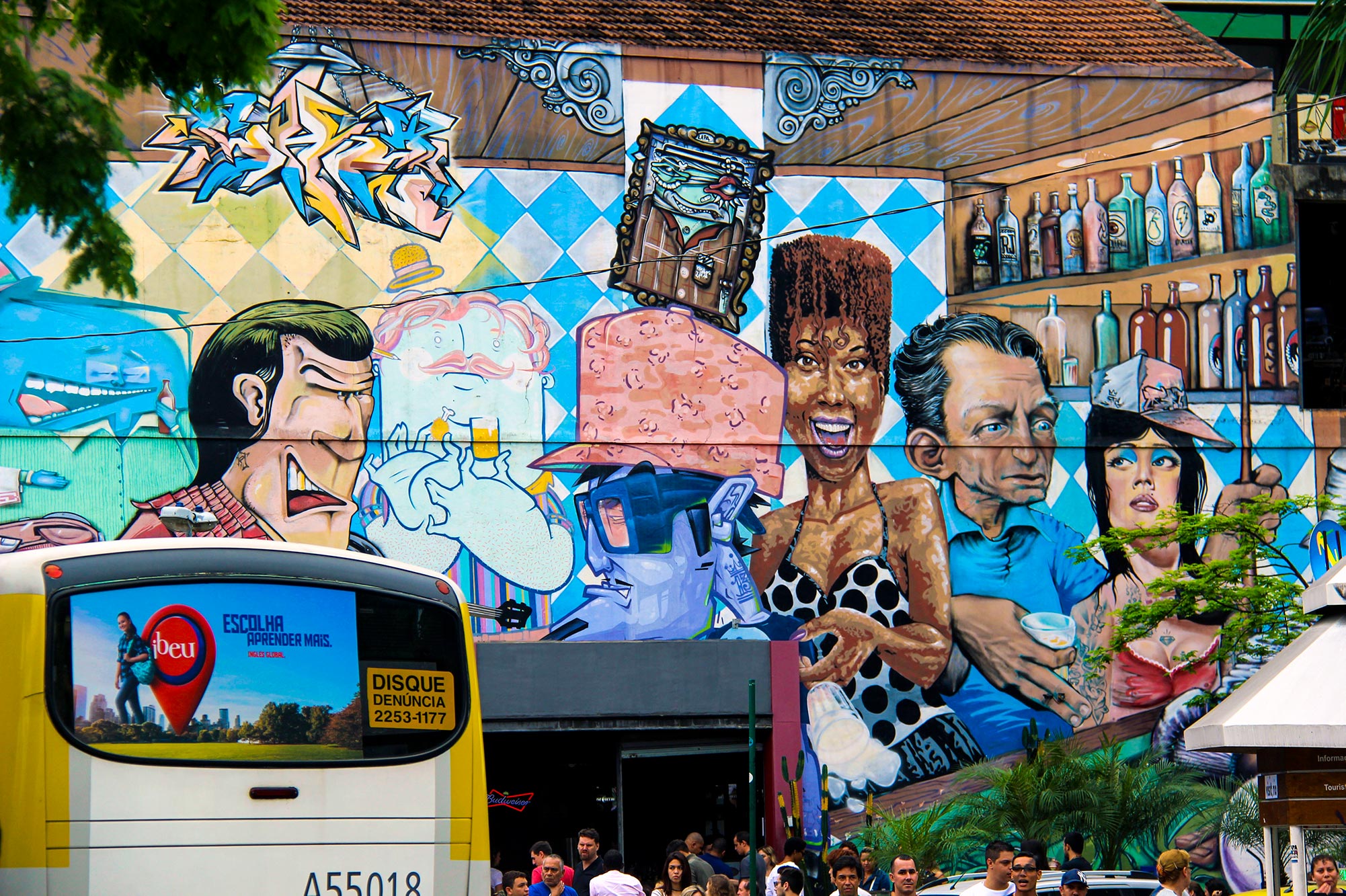
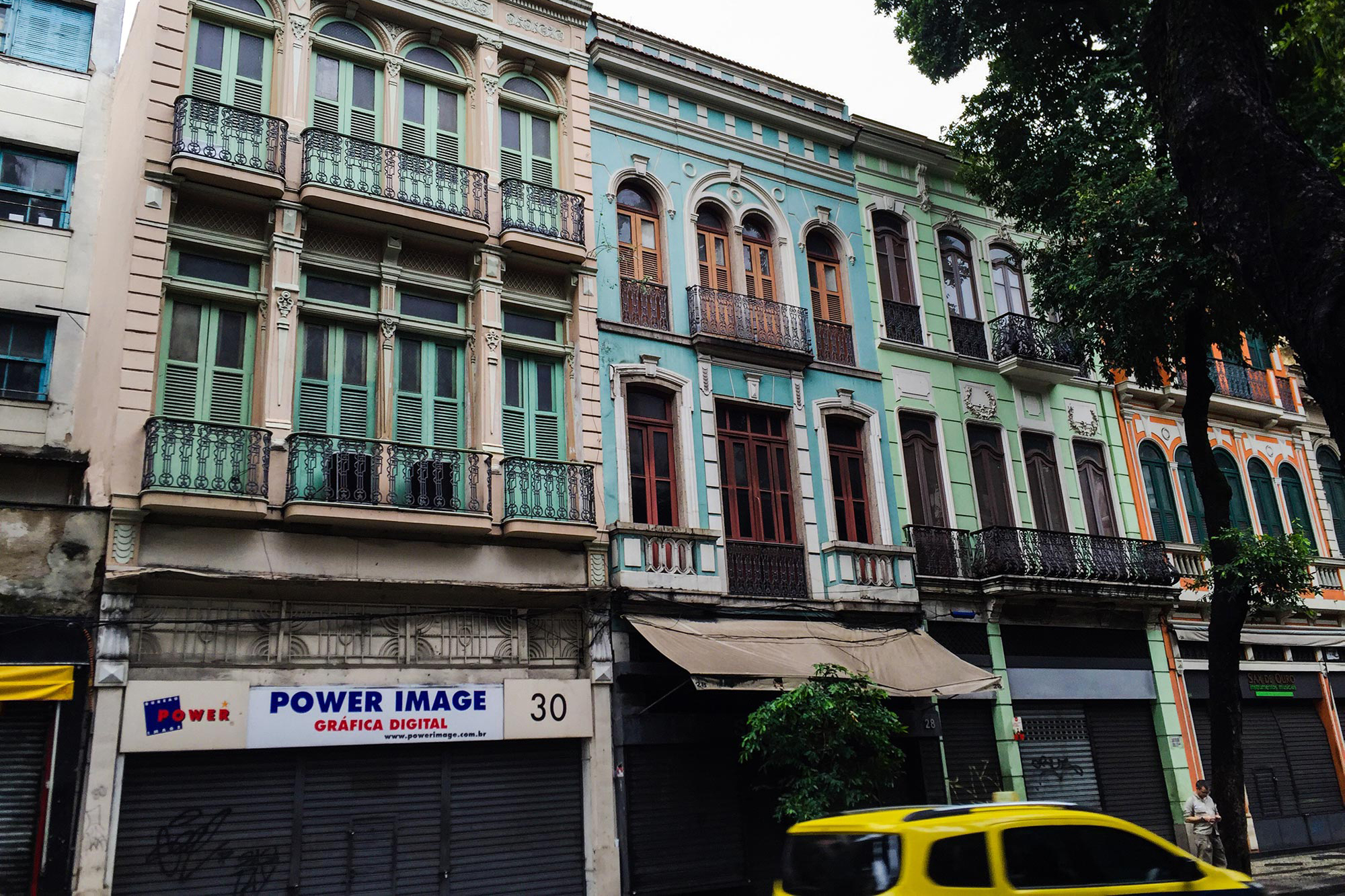
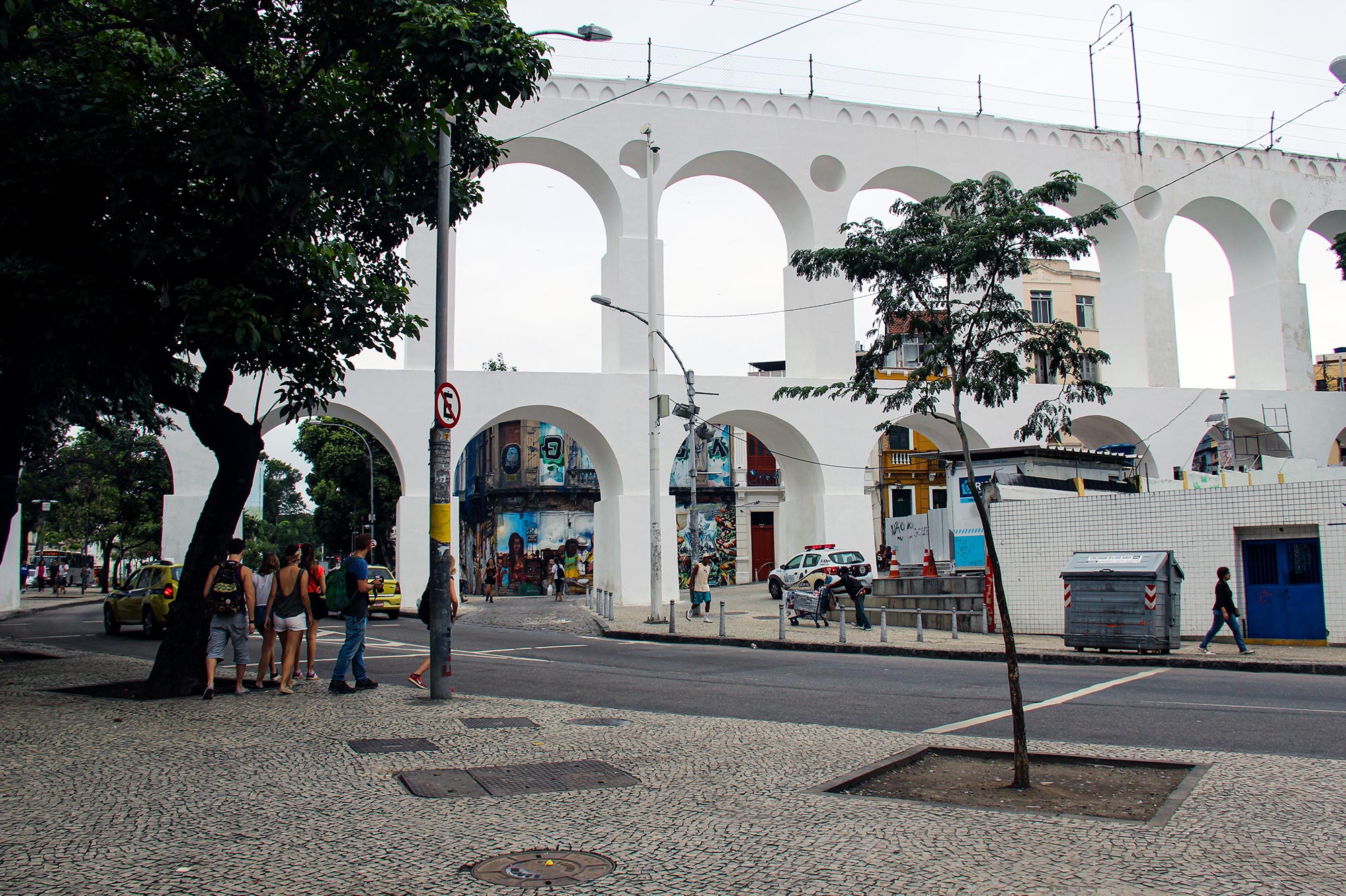
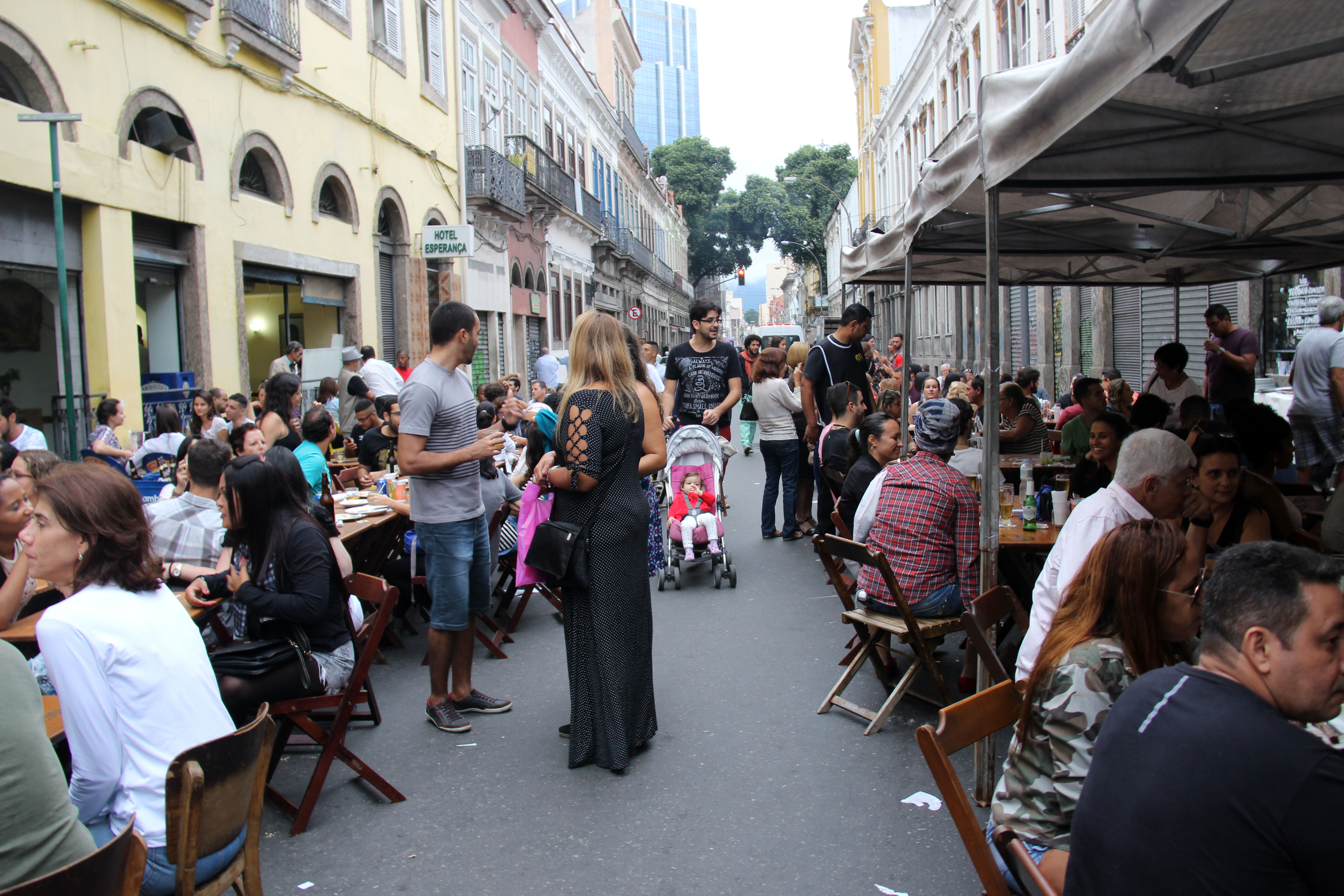
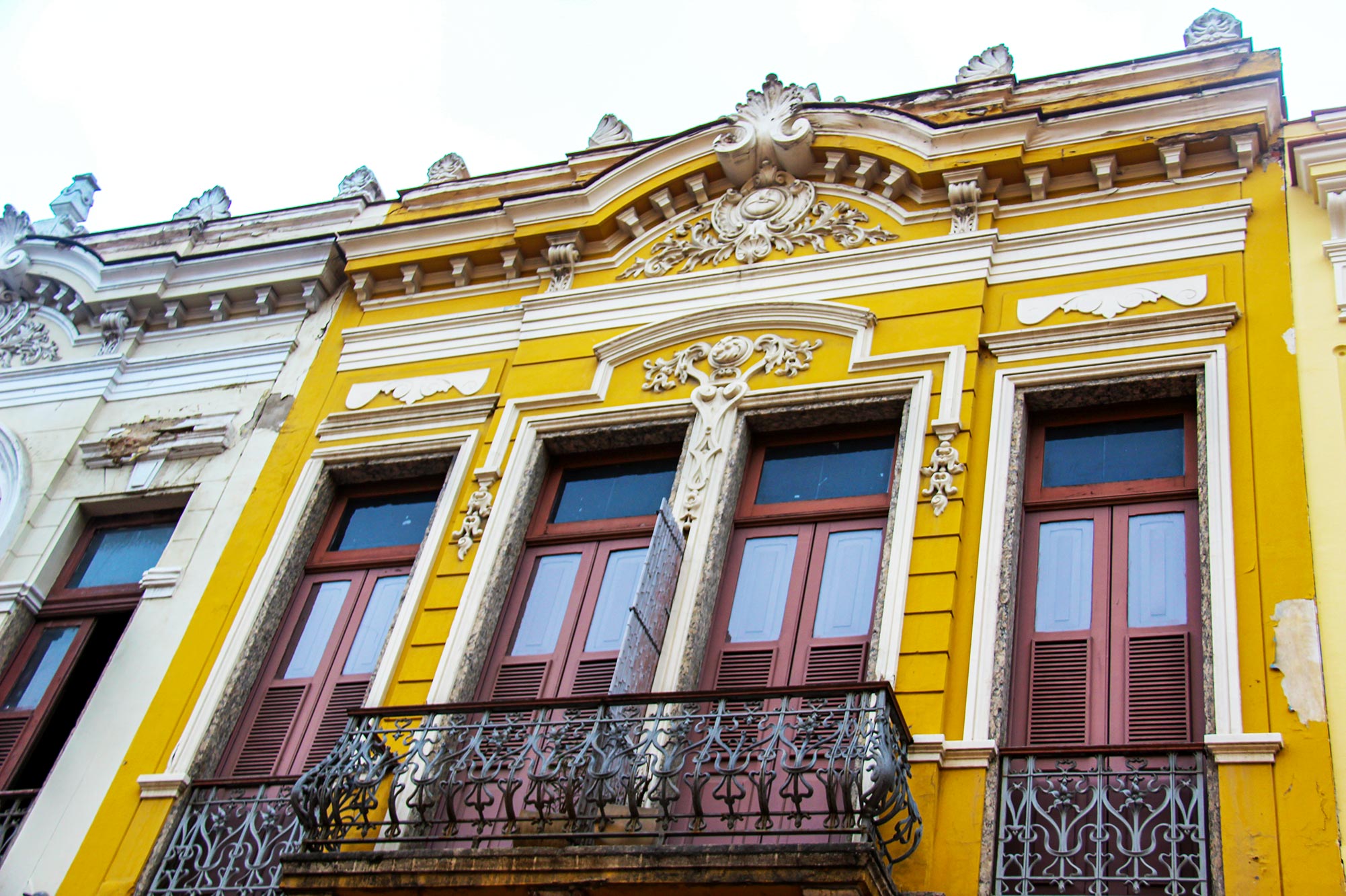
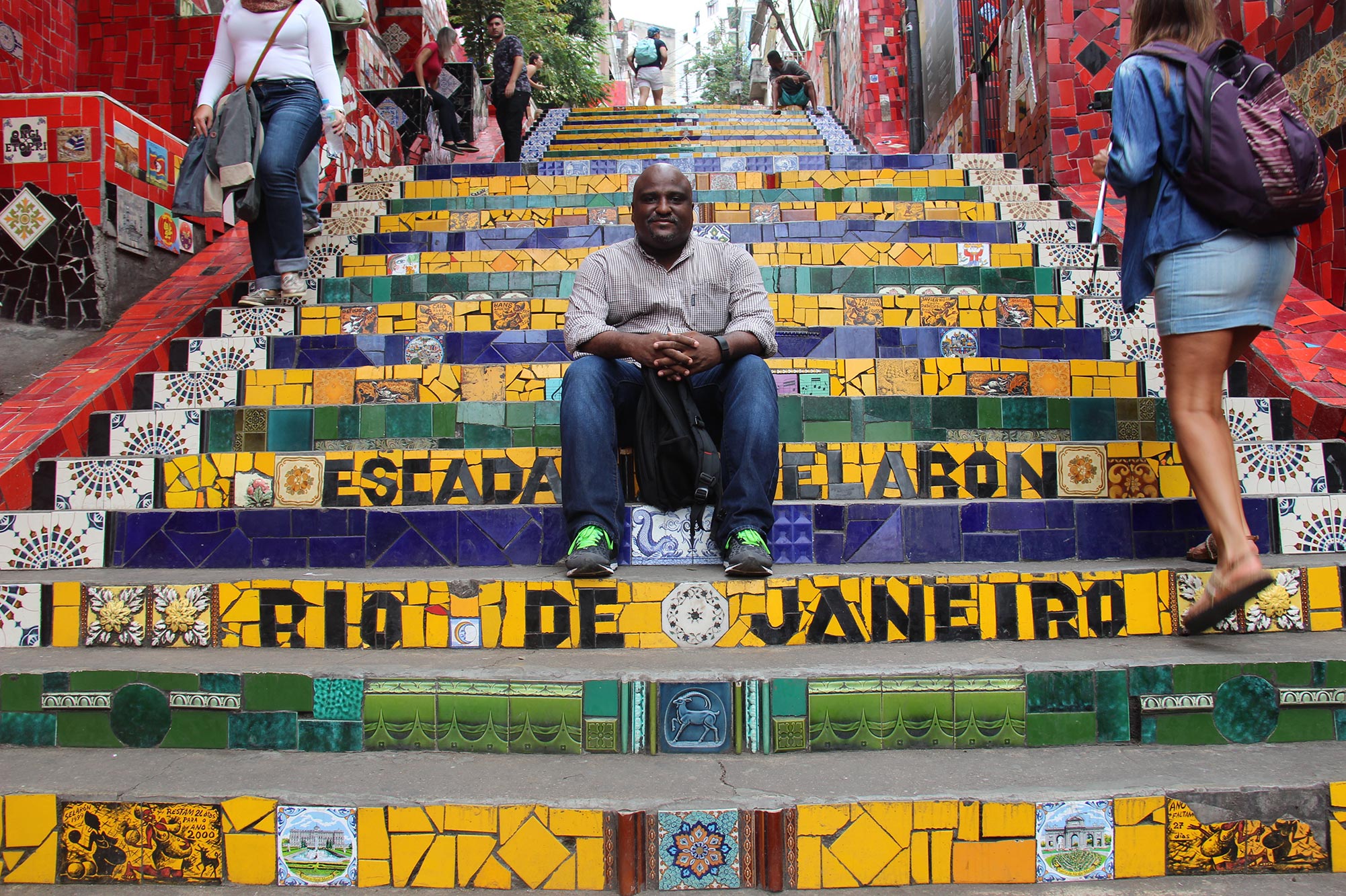
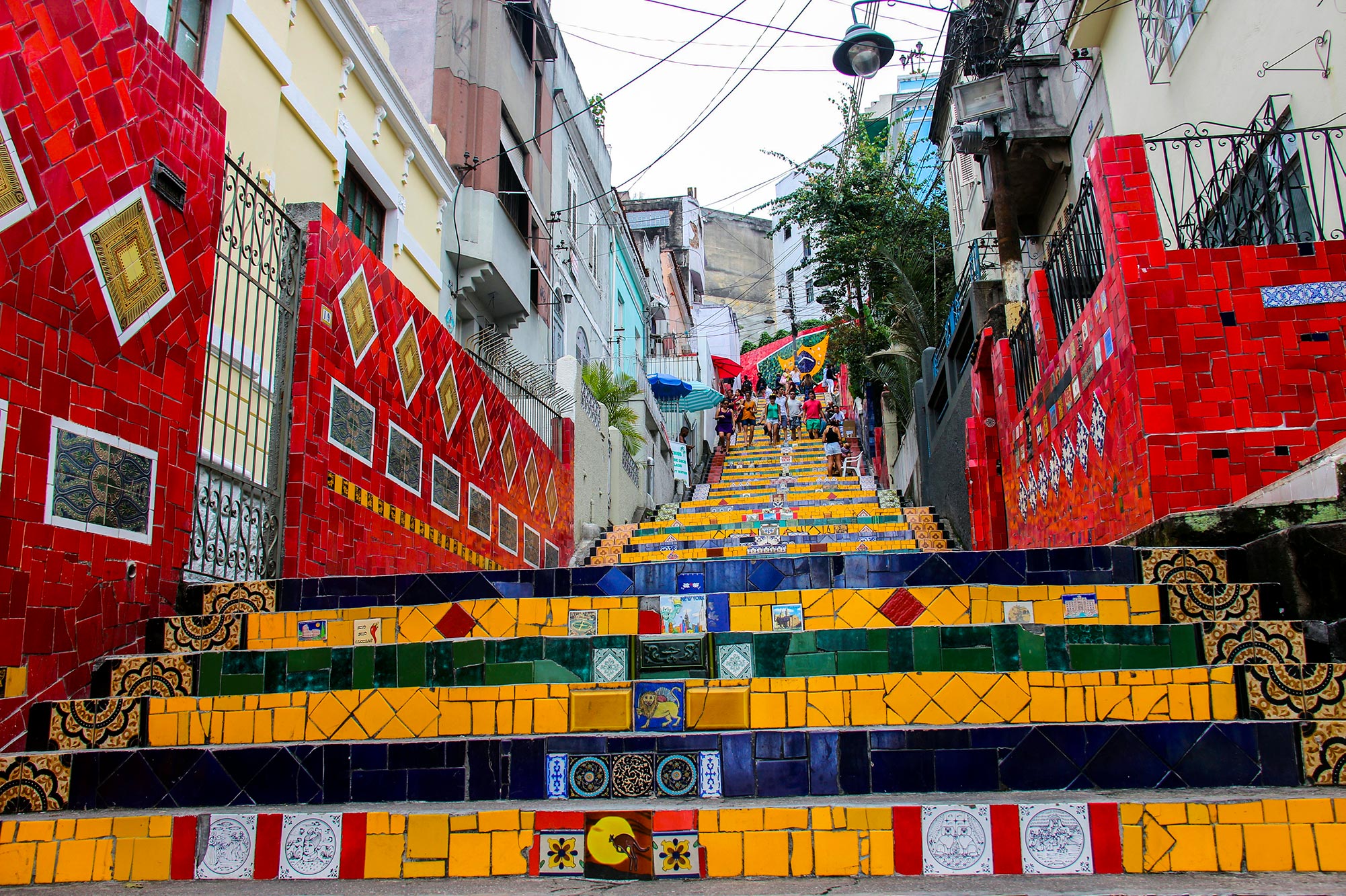
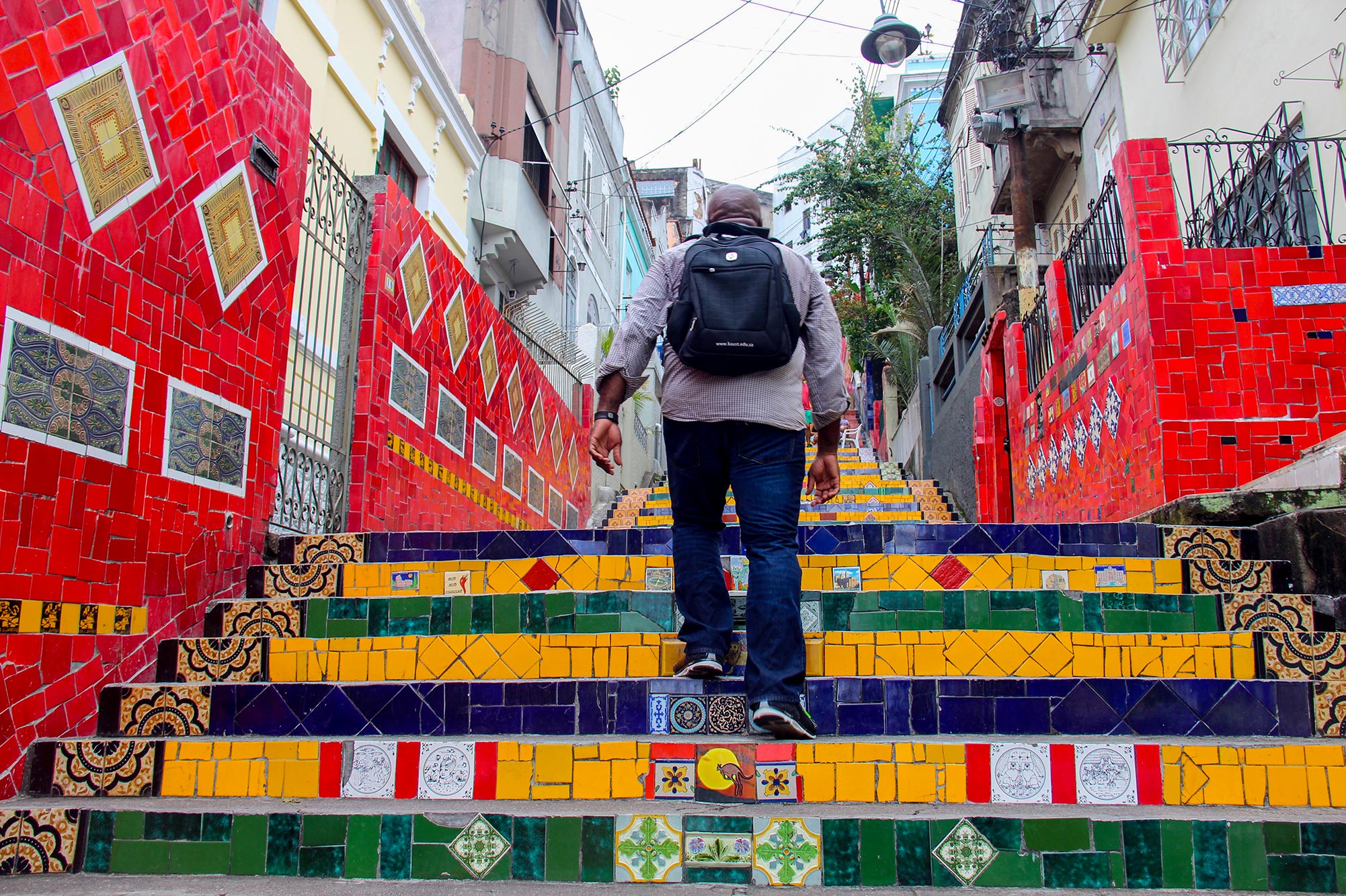
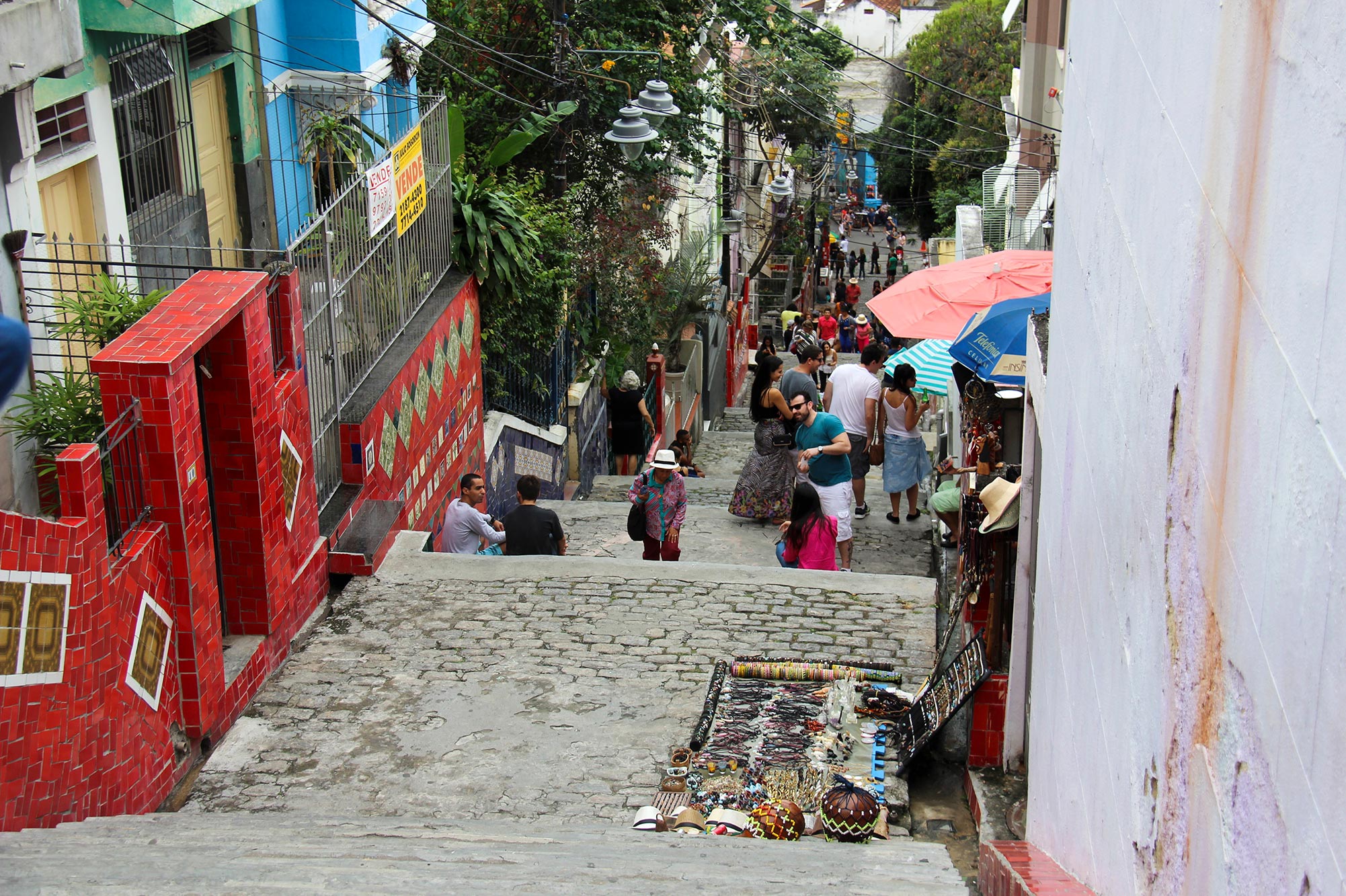

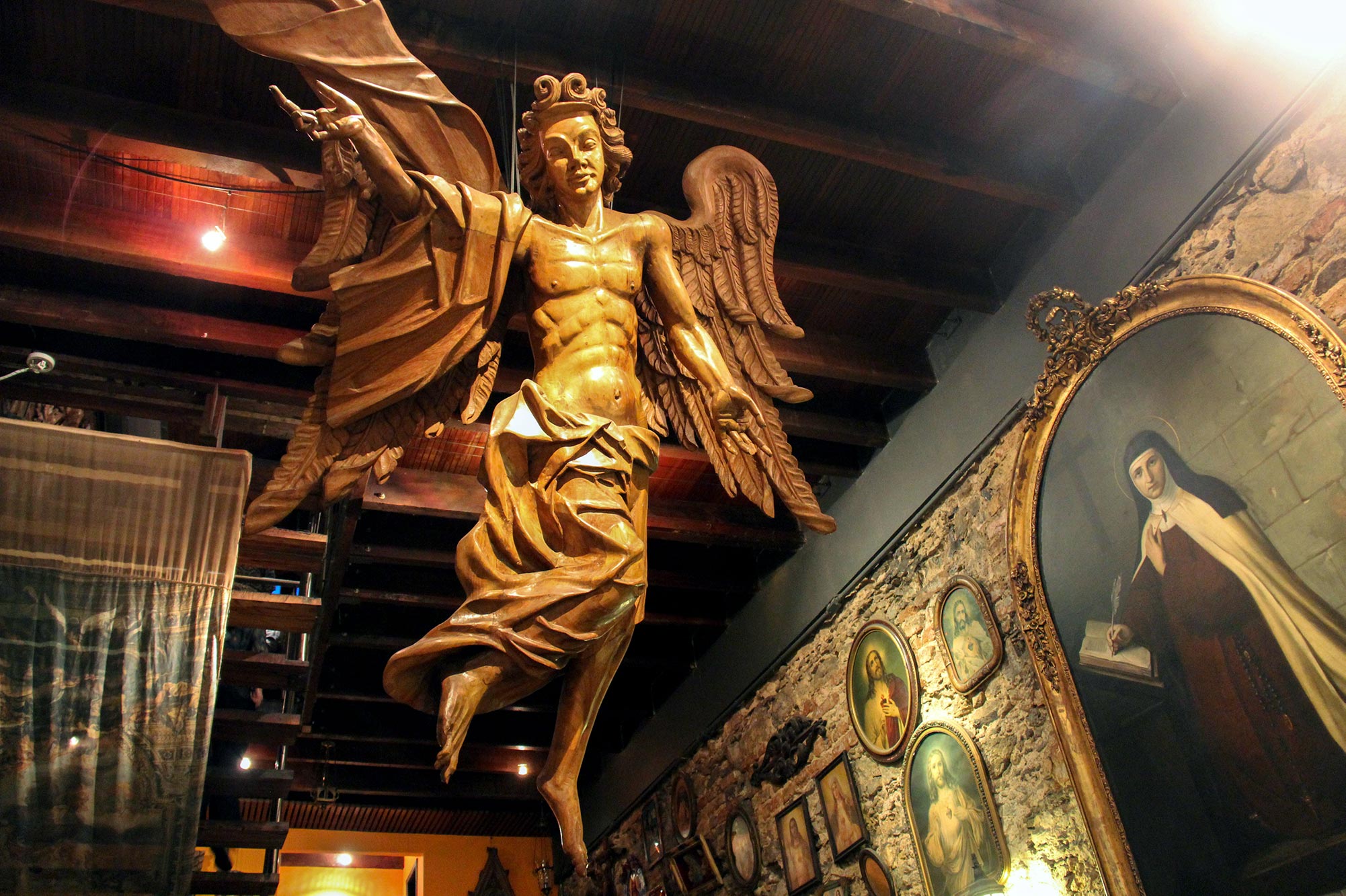
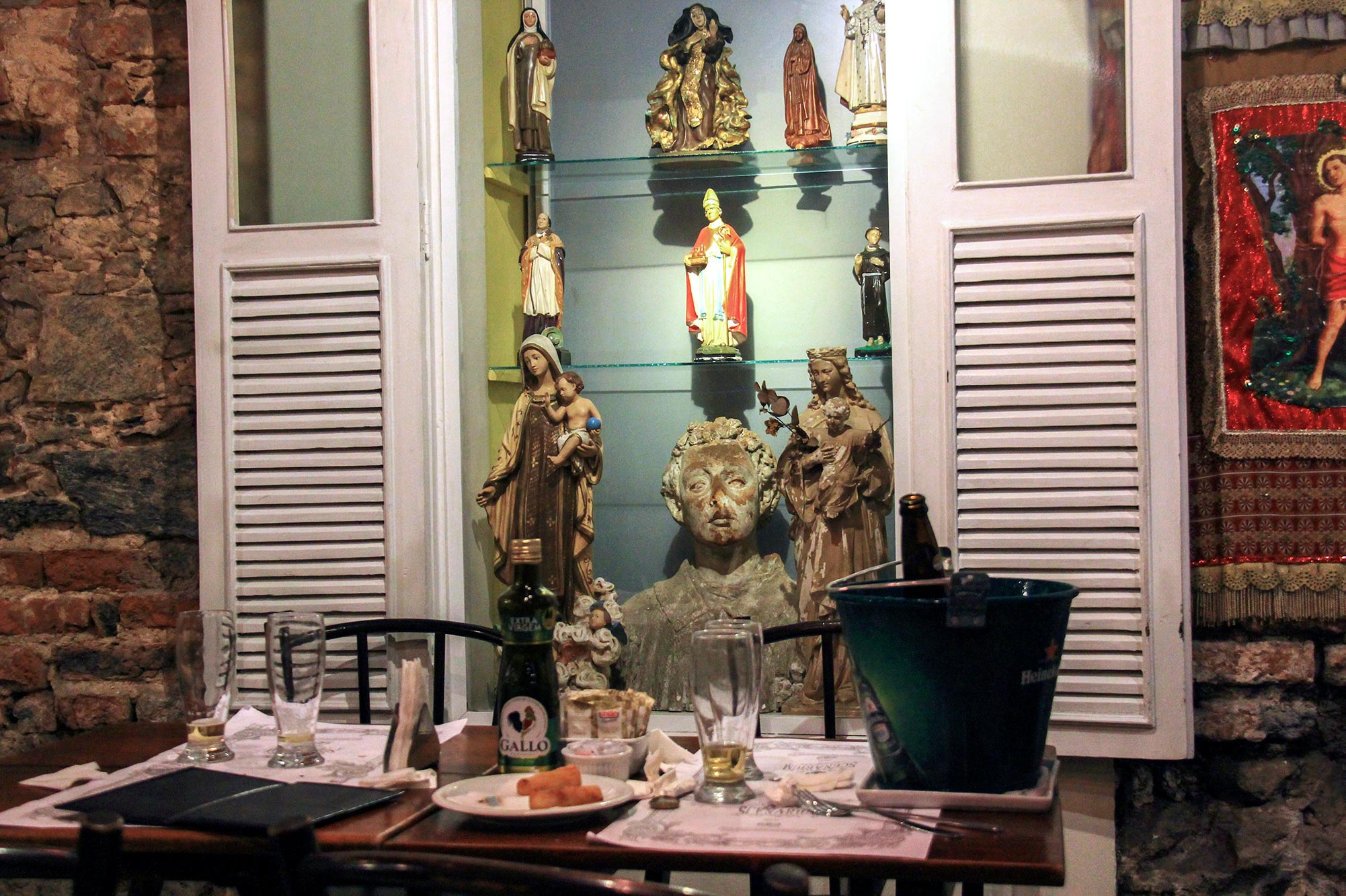
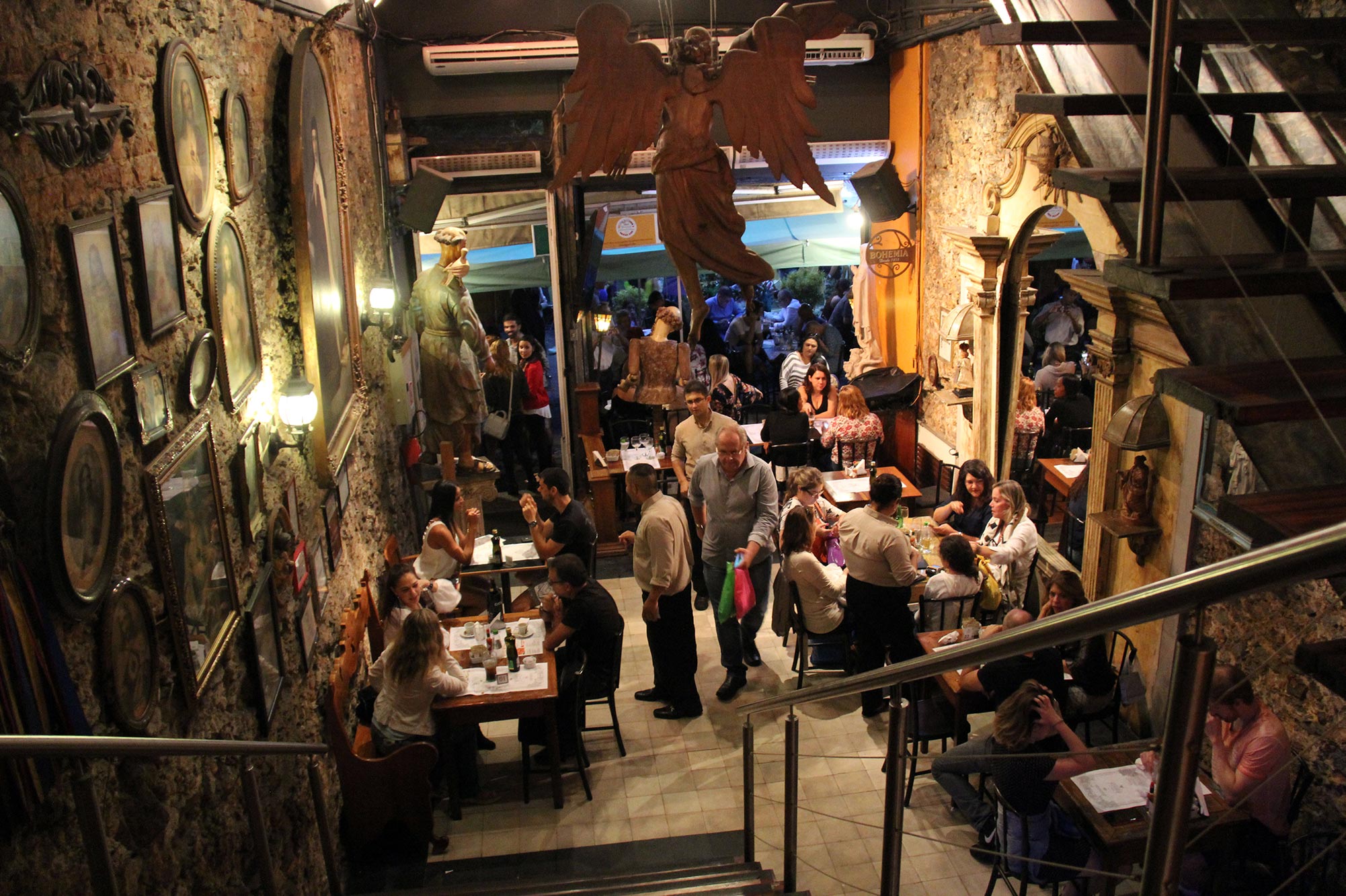



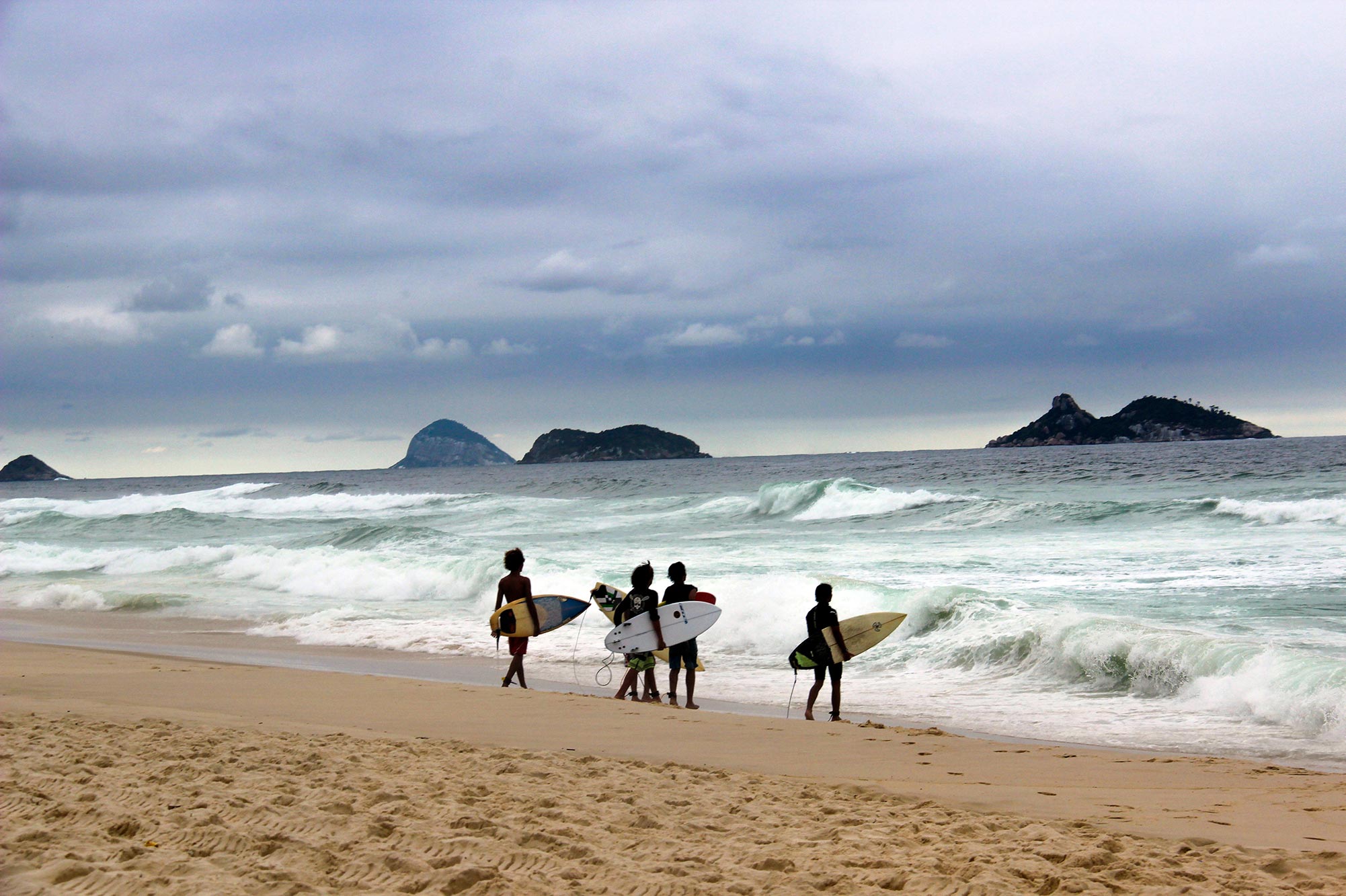
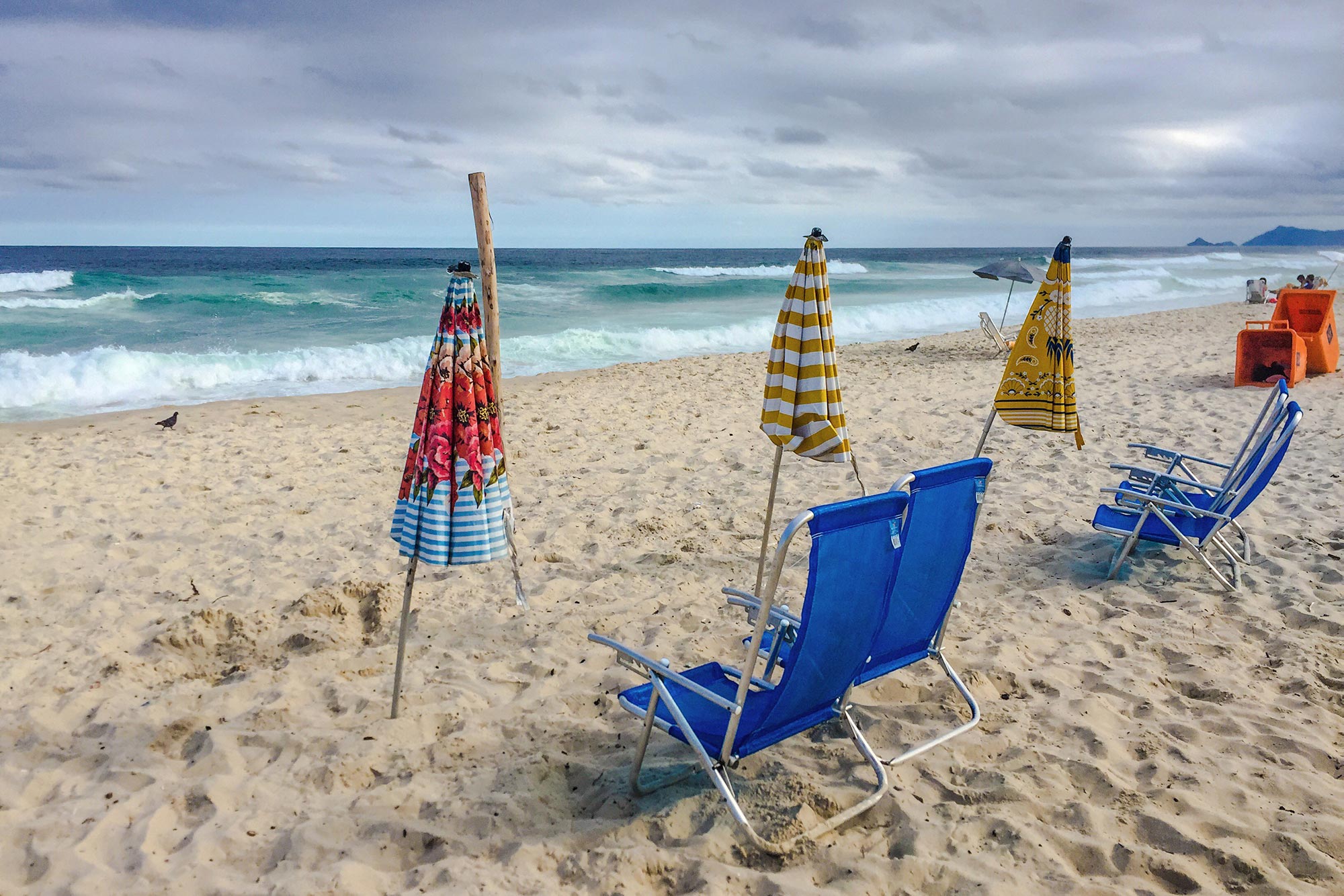

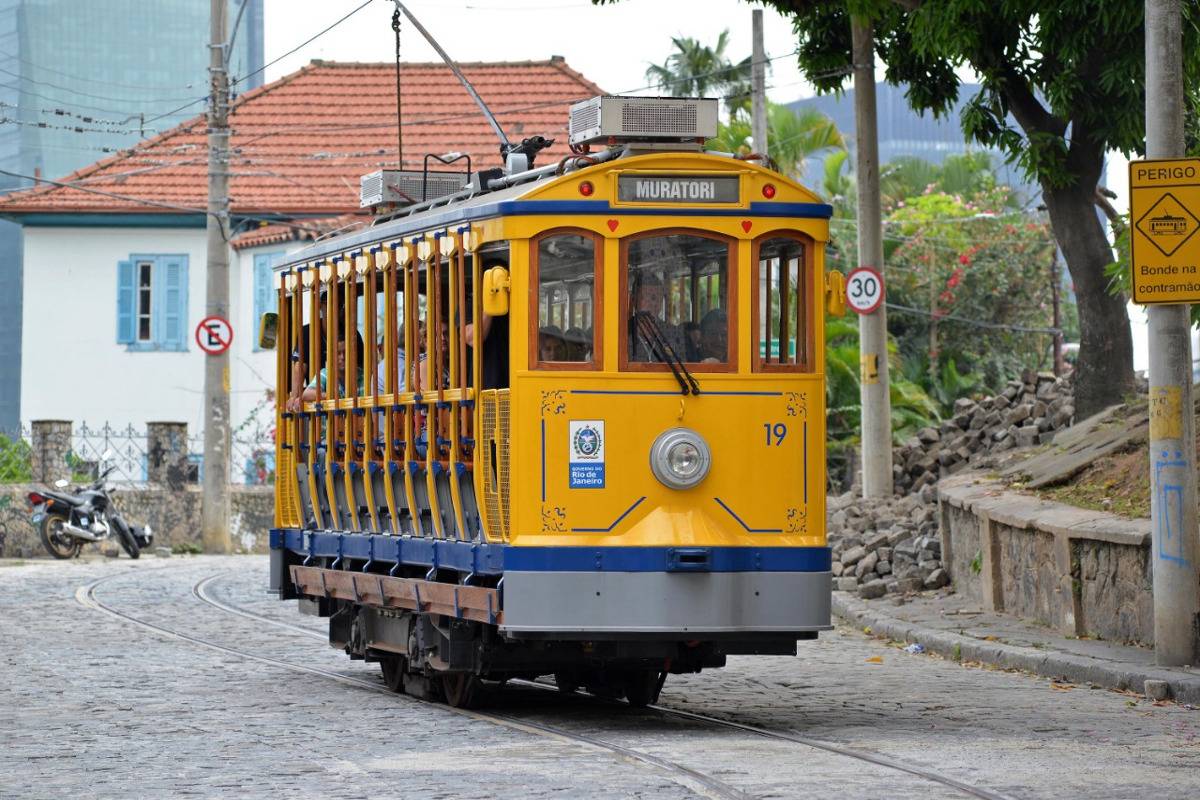



Comments powered by CComment